|
A few years ago, my wife and I took our 4-year-old daughter and 18-month-old son on a 6-month adventure across Australia. We did this because I was writing two books about travel Down Under, and because we are insane. Since our hard-earned experience might be of use to other parents, I thought I'd share some of the practical sections from my bestselling Australian book: 75 Must-See Places to Take the Kids (before they don't want to go). It might save your soul and sanity, and no matter how old your kids are, will likely make you laugh. Food has always been a vital component of travel. Every meal is an opportunity to saviour new cuisines, sparking conversation and connection. It’s a special time to sit back, relax, and indulge. When you’re travelling with young children, forget all that.
The rule of thumb is that the more expensive the restaurant, the less likely your children will actually eat anything of nutritional value, and the more likely they will throw a full-tilt meltdown because their crayon isn’t the right shade of forest green. The formula of your typical family travel meal: Location: A small town restaurant with a fridge buzzing at an almost intolerable volume, but which the owners don’t seem to hear or mind. Air-conditioning a plus. Enter: Family of four, two kids under five. After walking around looking for somewhere to eat for twenty minutes, if you even suggest finding somewhere else, your partner will call a divorce lawyer, or possibly, a hit man. High Chair: Available in wood or plastic, with dried brown stains of mysterious culinary origin. Kids Menu: All major food groups represented, including fried chicken nuggets, fried fish, hamburgers, frozen pizza, grilled cheese sandwiches, and most importantly, chips. Apple juice is from concentrate and somehow contains both sugar and high-fructose corn syrup. Cost: Exactly one-third more than you’d expect to pay, but the kids’ meal comes with milk or apple juice, and that sounds healthy. Order: Nuggets for the one kid, grilled cheese sandwich for the other. Order placed immediately to get the kids fed as soon as possible. The Wait: Interminable. What are they doing, processing the fake cheese, looking for a bird to slaughter? Whines increase in volume and frequency until breaking point. Length of time used up for washing hands: Twenty minutes convincing your kid to do it, eight seconds when they actually do. Length of time used up for colouring books: Four minutes and twelve seconds, including one full minute of your two year-old chewing on the crayon before you notice. Length of time used up for reading books: Forty-five seconds. Length of time used up with apps on phone or tablet: No, don’t do it yet, wait until it gets really bad, or you need your hands to eat. The Food Pt 1: As your kids will gladly explain in high-pitched screams to everyone within the zoning district, they now want hamburgers and pizza, not chicken nuggets and grilled cheese sandwiches. No amount of cajoling convinces them otherwise, including threats of starvation, boarding school, or withholding stuffies at night - all of which amounts to more punishment for you than for them. Eventually you order the pizza and hamburger and realize that yet again, your partner and yourself will be dining on chicken nuggets and grilled cheese sandwiches. Reaction of Restaurant and Other Customers: A coin toss between heaven-sent patience (they have kids or grandkids) and barely contained annoyance (they don’t). The Food Pt 2: Ignored by both kids since by now they have raided the crackers and fruit you carry in the snack bag, and they are no longer hungry. On the plus side, they had a healthier lunch than the restaurant menu anyway, plus you can always bag their food for later, when it can be enjoyed cold and soggy, just the way no kid on Earth likes it. The Screen: OK, use it, do it, just get a few minutes to shove that terrible food into your face so you don’t become over-hungry and lose whatever patience you still cling to. The Bill: Never comes quick enough, always costs more, and always makes you question why restaurants don’t put carrots, crackers and apple on their menus because that’s all kids want to eat anyway – at least until they see that on a menu, in which case carrots, crackers and apples will become instantly toxic. Length of Ordeal: 30 to 45 minutes, during which time you can count on at least one potty break, one diaper change, one smashed toy, and possibly, a broken marriage. Remember: sit back, relax, and indulge in the cultural connections of new cuisines. There, isn’t that better? During our journey, we ambitiously took our kids to some wonderful restaurants, especially around Melbourne and Sydney’s Darling Harbour. It was our sincere hope we’d be able to expand our kids’ culinary horizons, allowing them to graduate to mild spices and unusual dishes. How proud I was when my daughter sampled crocodile, emu and kangaroo meats at the Adelaide Central Market (she drew her understandable limits at sampling citrus-nutty green ants from the Northern Territory). “This is dill-lish-shiss!” or a hearty “Mmmmmmm!” were not uncommon words out of her mouth. We definitely had memorable meals, although we often deployed the screen to keep the kids occupied long enough for all of us to enjoy it. Between eating in and eating out, it’s important to treat yourselves every once in a while and budget a little extra for good food. At the end of the day, good food keeps you healthy, if the kids are behaving, meals can indeed be the highlight of the day. Tip: We found food delivery services to be a family travel revelation, combining the ease of going out with the ease of staying in. Wherever possible, we preferred preparing our own meals in our holiday park cabins, Air Bnb’s and rental apartments. Even though we had to shop, cook and clean up, dinners are just simpler at home. We can feed the kids meals they’d actually eat, keep ourselves conveniently close to bathtubs, toys, paper towels, toilets, and TV shows on ABC Kids. Always on the move, we travelled with a box of condiments and staples, pickings up fresh produce wherever we went (our kids are constantly snacking on fruit and vegetables, which are abundant and excellent in Australia). Breakfasts are particularly important, and given our schedule, were often rushed. Cereal, smashed avocado toast, Uncle Toby’s porridge, Milo, eggs… and out the door.
Lunches were usually eaten out, hence the overflow of nuggets, sandwiches and chips, with pies coming to the rescue on more than one occasion. Home cooking have given our kids a taste for asparagus, broccoli, Brussels sprouts, mushrooms, and other vegetables I rejected as a child. Butter, lemon, salt and garlic pretty much saves the day with every veggie, along with olive oil and balsamic vinegar. Our kids love butter chicken, schnitzel, warm bread to dip into olive oil, hummus, and absolutely anything to do with cheese. Don’t they all? We didn’t always have time to prepare elaborate meals, but did have some go-to dishes, and pasta or rotisserie chicken available always in a pinch. There’s much to be said for the quality of packaged meats, chicken and salads available from supermarkets these days. In our household, Dad does the cooking, Mom does the baking, and everyone cleans up. There were occasional BBQ’s but unless you’re travelling with your own, they’re often a pain to clean up. If you need to make omelettes for dinner, do it. If you need to eat leftover chicken for breakfast, do it. Do whatever you need to, because any food in the belly pays dividends when you avoid hangry meltdowns in an hour or two. Bon voyage and bon appetit!
1 Comment
We’re just minutes into the rally, and I’m clutching onto some key advice:
Dave, my rally Obi-Wan, is a case in point. A successful businessman living in West Vancouver, he’s the owner of over a dozen classic cars, including a pre-war Bentley and Rolls Royce. That’s pre-World War 1. A 20-year rally veteran, Dave’s run the Peking to Paris (twice), along with rallies in Australia, New Zealand and Europe. For this year’s Northwest Classic, open to pre-1981 collector cars, Dave’s selected his reliable 356 Porsche. He explains it will allow him to focus on the race, as opposed to keeping the car going. Race is not exactly the right word. It’s more like a Sunday drive, with two hundred good friends, and a purpose. Crawling along the I5 to Portland, Dave gives me the basics of time-speed-distance rallying. Drivers and navigators are given instructions that must be followed to the letter, and to the second. Each car is spaced one minute apart, driving at suggested speeds to enable us to reach, say, a particular stop sign in exactly 2:43 seconds, or a right turn at 7:29. Teams calibrate their odometers, and must factor traffic and rally rules. We never exceed the speed limit, unless we’re running late, in which case, well, these are classic sport cars. The Rally Master adds traps designed to bamboozle even the most alert navigator, steering us off course, resulting in time penalties or lost minutes. Each day might feature up to 10 stages, comprised of a start, finish, and time check by a team of volunteer marshals hidden somewhere along the route. Dave warns me that it doesn’t help to follow the car in front of us. They could just as easily lead us off a cliff as to the next checkpoint. As a virgin navigator, I am determined not to let my driver down. Dave’s wife, who normally takes the navigator role, has already warned me: “whatever is said in the car doesn’t count.” Things can get heated when the pressure is on, and a slight navigator omission can send our car rallying down the rankings. There’s even a tongue-in-cheek award, the Flying Clipboard, for the team most notably cracking at the seams. Still, don’t hold your breath waiting for road rage. Vintage rallies are first and foremost about the cars, the driving, and the community it brings together. Owners come from all walks of life, taking pride in their aging Alpha Romeos, MG’s, Fords, Mercs, Saabs, Porches and other models. The average car at the race might cost around $30K - $50K, but there are some standouts, like a 1963 AC Cobra, worth a cool half a million dollars. Laurie and Verna Fraser from Langley own a dozen collector cars. “I got my first MG at 21 years old, and it was all downhill from there,” explains Laurie. Vintage cars sound like an addiction. Another racer from Coquitlam tells me there are two events he would never miss: The Northwest Classic, and BC’s Spring Thaw. He speaks of them with the reverence of a family Christmas. I’ve nicknamed Dave’s Porsche ‘The Silver Bullet’ because its classic, capsule-shaped, and could probably kill a werewolf. With a 1600cc engine with 90 horsepower, it’s no speed demon, but that’s why Dave likes it. It’s not about getting from A to B on an air-conditioned cloud. The Porsche has no computers, plush leather, or cruise control. We sit low to the ground, on worn leather, feeling the growl of the engine. 50 mph never felt so cool. As we scoot around Oregon’s coastal farm roads, I tick off checkpoints, calculate our times, watching out for traps. I’ve had to familiarize myself with rally terminology: CAST: Change Average Speed To. SAP: Straight as Possible. ITIS: If There Is Such. At the close of the first day, we’ve lost just 2 minutes off the pace, placing 16th out of a field of 113. I’m a rally virgin kicking butt, but nobody is too impressed. “Last year, we got totally lost,” laughs one competitor. “It was great! You just can’t take it too seriously.” During stage 6 on the final day, Dave repeats these words when I confuse an ONTO/TOWARD instruction and lead us straight into a trap. He remains supernaturally zen about my screw-up, even as we slip down the rankings to finish 31st overall. At least we didn’t receive The Hook, awarded to the car that needs a tow truck. That honour belongs to another Porsche 356, not quite as reliable as our Silver Bullet. The Northwest Classic is just one of dozens of rallies that take place around the continent, drawing collectors, enthusiasts, and members of various motor clubs. Some are competitive, others more social. When we line up our cars – on a downtown street or stage meeting lot – crowds gather to ogle at rows of spit-polished cars on display. Owners get an obvious buzz showing off their pride and joy, and might even barter for new acquisitions. War stories are traded, from those that have braved the gruelling frozen roads of the legendary ALCAN 5000, to the pot-holed corruption of South American rallies. Road trips have always been one the best ways to see a country, especially in your favourite car. You’ll definitely find yourself on roads less travelled.
I notice that many teams are husband/wife couples, or retirees enjoying the good-life adventure. “We’re all growing old,” says Dave, “together with our cars”. Younger drivers are definitely welcome, so long as they have a qualifying car and a driver’s license. Rally entrance fees range from the low hundreds to the thousands, so you don’t have to be a millionaire to participate, or even a competitor. Many rallies now have touring groups with no rules or time trials. Dave lets me take the wheel on our long drive back to Vancouver. This time, we’re taking the longer, scenic route to avoid the traffic on the highway. The Porsche hums along the coast, reflecting tree tunnels, turning heads. There’s no power steering, no air con, and no CD Player to distract me from the act of driving itself. Classic cars are all about the experience, much like the rally events that bring them together. This month I attended a conference in Victoria dedicated to sustainability in tourism. Speakers discussed the virtues of authentic, community based tourism, regenerative practices, decarbonization, and tourism as a force for reconciliation. All very inspiring, especially hearing from companies and organizations that are putting these ideas into practice. You can read what I distilled from the IMPACT conference in my Bucket Listed column for Can Geo Adventures: Is Canada on the cusp of a tourism enlightenment? Some key lines to share:
Nobody needs reminding that the world is changing dramatically. It’s become a daily ritual to read about extreme weather events. Within the past year, most of Canada (and many parts of the world) had some sort of run in with heat waves, floods, droughts, wildfires, extreme cold snaps, or intense storms. What does this mean for tourism, and what does it mean for bucket lists? I’m on a Tundra Buggy exploring the permafrost outside of Churchill, looking for hungry polar bears emerging from their summer dens as they migrate north to the frozen ice of the Hudson Bay. Problem is, warmer temperatures mean the ice is taking longer to freeze, and the biological clocks of the polar bears cannot keep up with the sudden shift in seasonal weather. More and more Churchill bears are not surviving into the winter months to feed, which makes the world’s most southerly population of polar bears also the world’s most threatened. This explains why Churchill’s bear population has declined by 30% since the 1990s. As the buggy slowly make its way forward, I see the tattered remains of a bear on the ground. It either starved to death, or was attacked and eaten by other bears in order to survive. I still see dozens of healthy bears on this trip, but that dead bear is a sign of things to come. It was one Jasper National Park’s star attractions: the Ghost Glacier, a dramatic, hanging wall of ice perched above Edith Cavell Pond. On the morning of August 10, 2012, that heavy ice wall crumbled into the lake, creating a tsunami that washed out trailheads, parking, and quite fittingly, a Parks Canada interpretive board about the impact of climate change. Not too far away is the famous Athabasca Glacier. It has long attracted visitors with the promise of exploring the glacier on foot or on customized buses. The Athabasca glacier has lost over half its volume in the last century, and receded over 1500 metres. Along with up to 90% of Alberta’s glaciers, Athabasca is projected to disappear entirely between 2040 and 2100, and once it’s gone, it’s gone. Visitors are well aware of this, resulting in a boom of what one study calls ‘Last Chance Tourism.’ It reminds me of Douglas Adam’s book, Last Chance to See. Back in 1990, the popular author visited unusual and endangered animals around the world. Unfortunately, some of the species he discovered, including the Northern White Rhino, are now functionally extinct. Red sandstone cliffs are eroding in Prince Edward Island and the Bay of Fundy, while rising sea waters are predicted to swamp Nova Scotia’s iconic Peggy’s Cove. Wildfires are devastating forests and national parks from Banff to Vancouver Island. The Dempster Highway and other northern roads are crumbling as the permafrost – ‘the glue that holds the northern landscape together’ – melts with warming temperatures. Ski resorts in Western Canada will suffer with changing alpine conditions, losing a quarter of their current seasons as temperate cities like Vancouver turn dryer, hotter, and begin to mimic present-day Southern California. Icesheets will collapse and icebergs will melt, animals will change their migration habits if they can, heat domes will cripple major cities in summer. Wetlands will dry up and the parched prairies will wilt.
I could go on, but there’s enough depressing news already. Instead, let me conclude with opportunities. Traditionally cold, northern locations will welcome more tourists and enjoy longer summer and shoulder seasons. Canadian tourism will boom because snowbirds won’t be flocking to the scorching south, although get ready to lay out the welcome mat for sun-birds migrating north. Tourism activities will adapt, innovate or fail, and new, previously unimaginable experiences are guaranteed to emerge. Billions of dollars will be spent as we adapt, protect, and evolve to a new climate reality. As I’ve written previously, Canada has an opportunity to emerge as one of the planet’s premier tourist destinations, both post-pandemic, and into the foreseeable – and now largely unavoidable – future. Still, the reality of the Canadian bucket list hit me when I saw that dead polar bear on that cold November day outside of Churchill. Fact is: it’s no longer a case of us ticking off something special before we kick the bucket, but rather, before it disappears forever. You know what this pandemic needed? A full-blown attack on a sovereign state in Europe by an unhinged autocrat in charge of the world’s largest nuke stockpile threatening global Armageddon on anyone who stands in his imperialist way. Vladimir Putin picked a fight with a stoic, proud nation led by a former comic-actor also named Vladimir (Volodymyr Zelensky) who once played the president of Ukraine in a popular TV show and then actually became the president of Ukraine. Zelensky also happens to be the grandson of a former Russian soldier and Holocaust survivor. The name Vladimir means both ‘Ruler of the World’ and ‘Ruler of Peace’ as well as one ‘Blessed of Great or Famous Power’. Historians in the future are going to have a challenge getting this all down, especially if they’re scraping their work with flint stones on cave walls. Quite fittingly, another Vladimir once said this: “There are decades where nothing happens; and there are weeks where decades happen.” Vladimir Ilyich Lenin Caught up in a week where decades are happening, and a few tough years that have lasted a century, it’s completely acceptable to be cowering in despair, doom-scrolling news of bombings, disease, economic collapse, refugees, and political chaos. Yet here I am, giving presentations and writing posts and stories about how TRAVEL IS BACK and WHERE TO PLAN YOUR NEXT ADVENTURE! Off mark? Insensitive? Blind to reality? Or perhaps, on point, acutely aware, and unwaveringly optimistic? I once had lunch (burger, fries, Pilsner) with my literary hero Tom Robbins. Well into his 80s, Tom’s edgy wit could still carve the fuzz off a caterpillar. I asked him about the disasters happening in the world at the time: climate change, the rise of Donald Trump. He’d been around, he’d seen it all before, what advice could he give us nail-biters watching the modern world collapse in on itself. Tom quoted REM: “It’s the end of the world, and I feel fine.” REM Do I deplore the war in Ukraine? Having travelled in the country, met its people, and witnessed first-hand the horrors of nuclear disaster, trust me, I’m as shocked and rattled as anyone. Does the impending climate cataclysm, along with the general helplessness I feel in the face of pandemic, great game geo-politics and the military-industrial complex freak me out to my core? How could it not? It could well be the end of the world, and there’s only two rational responses to it: sink into a pit of gloom, depression, frustration, anxiety, and misery. Or take a breath, appreciate your personal opportunities, and make a conscious decision – however much it pains you - to FEEL FINE. Last weekend I visited the Outdoor Travel and Adventure Show at the Vancouver Convention Centre. The sheer number of people, and the quality of exhibitors left nobody in doubt that we’re on the cusp of an unprecedented travel boom. Everyone is looking forward to a holiday, an adventure, an escape hatch. On display were kits that turned cars into camper vans, small-ship expeditions to the poles, electric bikes and stand-up paddle-boards, African safaris, houseboats and campsites, outdoor gear and a contraption called a jet-board that looked like an awful lot of fun. Damn it felt good to be among my people (as opposed to Sneaker Con in the other convention hall, where spoiled kids in flashy shoes made as much sense to me as challenging the sun to a stare down). To each their own, unless your Vladimir Putin, in which case: Stop this senseless violence you war-mongering, delusional lunatic. Sorry, that just slipped out.
We must focus on the positive. We have to look up so we don’t sink down. What other choice do we have? We certainly can’t stop a madman in Russia any more than we can stop a tornado by standing in its path. We can only do what we can, do what’s right, and continue to spend our months, days and hours focusing on inspiration, positivity, love, joy and gratitude. Which is exactly what I intend to do this month on my first international trip in over two years, ticking off an item that’s long been on my bucket list. With the hope that Vladimir/Volodymyr fulfills their moniker as the Ruler of Peace (and not the Destroyer of Worlds), I look forward to reporting on that experience next month. I spent six months travelling across Australia to research my two books, The Great Australian Bucket List and 75 Places to Take the Kids (Before They Don't Want to Go). I'm often asked about highlights and tips, and so I'm delighted to share both below. Both books contain loads more experiences information, and are available on Australian bookshelves, or online. 1. Cradle Mountain, TAS Nature has a powerfully soothing effect on overexcited young kids. The fresh air and scenery of Cradle Mountain, coupled with nearby attractions like Devils@Cradle wildlife park, made this Tassie jewel a highlight of our journey. The Dove Lake Circuit, my nomination for Australia’s most beautiful walk, might prove a little challenging for the very little ones, but forest walks, lake swims, and campsite BBQ’s will make up for it. 2. Shark Bay, WA Both parents and kids were disappointed with the over-hyped dolphin feeding at Monkey Mia, but there were big smiles all round when sailing the turquoise waters of Shark Bay, spotting dugongs, dolphins, and a glorious sunset. Discovering Shell Beach, the Ocean Park Aquarium, Denham’s seaside playground, and the friendly locals that gather each evening inside the Shark Bay Inn proved just as successful. 3. Litchfield National Park, NT Two iconic national parks dominate the Top End, but Litchfield is far more accessible than Kakadu. A two-hour drive on the 130 km/hr highway from Darwin, Litchfield is also packed with natural attractions in close proximity. After gazing at the giant cathedral and magnetic termite mounds, we soaked up a memorable afternoon in the Buley Rockholes, where Nature has carved a series of refreshing pools and rock Jacuzzis. 4. Melbourne Zoo’s Roar n’ Snore, VIC Camping overnight in one of the world’s best urban zoos is wild. Driving into the zoo’s access gates after hours, it felt like we had entered Jurassic Park . Our friendly hosts gave us a fascinating behind-the-scenes tour, and after a tasty BBQ, we strolled around the grounds discovering just how active animals are at night (lions included). Waking to monkey howls and feeding giraffes all but guarantees a very happy camper. 5. Irukandji Shark and Ray Experience, NSW We did a lot of research scouring the country for unique experiences, but we also followed our noses. A simple signpost outside of Port Stephens led us to this friendly, family-run facility working hard to dispel fears and give visitors a hands-on encounter with various rays and sharks. Our two year-old wasn’t convinced when a large smooth ray gave us a wet hug, but was awed watching me hand feed a 3-metre-long Tawny Nurse shark. 6. Whitsundays, QLD “Best. Day. Ever!” My daughter screamed these three words many times on our journey, my just reward for braving her meltdowns, food quirks, and occasional projectile vomit. Fortunately, it was smooth sailing off Airlie Beach, hopping aboard a Cruise Whitsundays catamaran to snorkel, play beach cricket, and explore the squeaky pure sands of Whitehaven Beach. 7. Questacon National Science and Technology Centre, ACT We took the kids to fantastic museums around the country, and there were definite standouts: MONA in Hobart, the Melbourne Museum, National Gallery of Victoria, and the WA Maritime Museum in Fremantle. From the moment they encountered a thespian robot in the lobby of Canberra’s Questacon, my kids tuned into science through the museum’s outstanding interactive displays. 8. Oceanic Victor, SA Having braved Monarto Zoo’s innovative and unnerving Lions360 experience, I took my kids to Victor Harbour to get up close and personal with large blue-fin tuna. Built for educational and tourism purposes, this offshore holding pen is home to 80 prized tuna, blitzing about as we fed them sardines under the guidance of friendly marine biologists. Swimming with these speedy “Ferraris of the Ocean” is an unusual and delightful tick on the national bucket list. TIPS FOR TRAVELLING WITH YOUNG KIDS Flying:
Don’t overwhelm yourself with bringing too many toys on the plane, as you’ll just overwhelm yourself. A colouring book and device loaded with educational apps or their favourite Netflix shows (which can now be downloaded to tablets) will suffice. If your kid keeps licking seat trays that were last wiped down in the 1980’s, don’t worry. Ours survived and yours will too. Invest in durable over-ear headphones to fit small ears, and always carry easy-to-access snacks. Driving: Plan longer drives around nap times. Keep a barf bag or towel in easy reach. Get to know signs of car sickness, like moans and eye rolling, as a few minutes break here will always be preferable to a half hour clean-up there. Load up your phone with your kids’ favourite songs. Build in extra time for playgrounds to exhaust their energy along the way. Imagination games buy some time, as will devices (although it could also buy you motion sickness). Instead of playing Tetris with your luggage, consider renting a trailer. Hotels: Ask for extra towels and call in advance if you need a crib (we travelled with an sturdy yet ultralight crib from Melbourne’s Valco Baby). Bring a favourite stuffed toy and light blanket for each child to ensure consistency at night. Rooms higher up are less noisy. Download a white noise track for your phone or tablet to drown out noisy neighbours. Move all breakables out of reach, and push tables with sharp corners to the side. Remove what you can from the mini-bar to fill the fridge with milk and snacks (and avoid temptation). With playgrounds and swimming pools, Discovery Holiday Park cabins and self-catering Oaks apartment rentals served us better than traditional hotel rooms. Restaurants: Weathering the judgmental gaze of pre-digital and holier than thou parents, we faced a choice: employ the screen to enjoy our meal in relative peace and quiet, or forget the screen and risk food fights, tantrums, and spills. There will be plenty of opportunities for both, of course, and we usually start with colouring books and small toys before resorting to the device. Restaurants seem to think kids survive solely on chicken nuggets, fish and chips, and spaghetti. We often shared our healthier “adult” dishes, and ordered extra veggies on the side.
Many years ago, the Matador Network sent me on assignment with two filmmakers to Panama and Costa Rica. We were
searching for young Americans who dared to dream of an adventurous life abroad, and more importantly, dared to act. The goal was to produce a series of profiles that would inspire others to 'break free' ...but like so many other projects with big hopes and dreams, this one never took off. We did however create a cool demo that I love revisiting from time to time, and met some some inspiring people. I captured their stories in writing, although it has never been published. Today, bottled in by the pandemic, I find myself thinking of these personal journeys, and how anything once seemed possible. It still is. I'm delighted to share these stories this month, maybe it will inspire you too. Part ONE: Breaking Free to Save Yourself Dyllan Bocas del Toro, Panama Born into wealth, talented and driven by success, Dyllan Mitchell’s life might not have been considered conventional, but the long hours and hard work were definitely paying off. After studying ballet and dance, he performed for the Lido in Paris, at Caesars Palace in Vegas, on Janet Jackson’s year-long worldwide tour. Returning to he founded a highly successful events his native South Africa, management business. Proudly gay (he came out when he was 14 years old) Dyllan also found a loving and lasting relationship with Darrion, a fellow performer. He wore the right clothes, drove the right car, lived in the right neighbourhood, and moved in the right circles. The money flowed. Isn’t that what it’s all about? At 34, Dyllan was diagnosed with glandular cancer. After undergoing intensive radiation and chemotherapy, the cancer continued to spread. Wasting away, the doctors gave Dyllan six months to live. Weighing just 29kgs, tubes up the nose, Dyllan’s light was fading. He found himself in conversation with friends, planning his own death. And then a light bulb went on. “You know what I suddenly realized? All this is bullshit. The money, the things. When you’re know you’re going to die, there’s a cataclysmic refocus on what’s important,” he tells me. With nothing to lose, he took himself off all western and allopathic medicine. He stopped his chemotherapy, all medical tests, and visiting any doctors. He switched became a strict vegetarian, and stopped eating dairy or drinking alcohol. And without any experience, he decided he wanted to sail around the world. He packed up and moved to the coast to learn about sailing, bought a yacht, and set off to find his peace. That was eight years ago. The Jackaroo is docked at the Isla Colon marina in Bocas del Toro. A wind-worn rainbow flag flaps in the wind, in sight of the Calypso Bar & Restaurant. For the last 18 months, it has been owned, operated and transformed by two unabashedly gay South African dancers, standing in almost equal height and weight, a one-two punch with zest for life at the top of the whiteboard menu. They live on the Jackaroo, their mobile wind-powered home, and have been partners for over 20 years.
None of the townfolk had met anybody like Dyllan and Darrion, and to their credit, even the local, traditionally homophobic islanders have warmed up to them. They serve up simple fare: BBQ ribs, Durban curry chicken, beer battered fish n’ chips. Occasionally, they perform a fire dancing show for diners – typically expats or visitors - to the delight of kids in tow. It’s been a while since I’ve spoken to South Africans, we’re all gaga with national pride and regret that we couldn’t be there to share the nation’s euphoria. My vocabulary rediscovers old, familiar words. “Ja bru, I’m telling you, that was lekker!” My accent becomes a little thicker, at first for fun, and then because it remembers.
“As long as I was buying into what the doctors were telling me, my belief system regulated what was happening,” says Dyllan. “I don’t think I cured myself so much as made peace with myself.” With sailing, Dyllan discovered his passion. There’s nowhere he’d rather be than on the water, under the stars, listening to his iPod. It’s allowed him to tune into himself, and his body. When he’s tired, he rests. When he needs more greens – “jislaak I’m telling you I get so tired of eating broccoli every night!” Darrion interjects. The power of positive thought has long been known, but Dyllan is quick to point out that manifesting reality has become a pop culture catchphrase, and doesn’t always take into account reality. Yes, he believes the stress of his job and his personal issues gave him cancer, but he’s not about to tell a rape victim she manifested the crime on herself. “Living with purpose is not being Mother Theresa,” he says. “It’s having a conversation with yourself. If we’re not living with purpose, we need nudges to remind us. I’m a type A personality, prone to focus on negative comments. Even here in paradise, it’s easy to be unhappy. Every day is a choice.” I spend my last day in Panama sailing amongst the islands with my new friends. It strikes me that if we can love unconditionally, as an ideal, then why can’t we live unconditionally too? Standing at the bow, my arms outstretched, warm wind blowing through my finger tips, I’m more inspired than ever. Is this what breaking free is all about? Sure, it’s not the American Dream. But every day, more and more people are showing us that this could be the New American Reality. Update: Dyllan and Darrion sold the Calypso, built a resort, successfully sold that, and now live in Panama City where they have an event venue. He remains "super good and healthy."
Part TWO: Breaking Free for Redemption
Juan Rancho Margot, Costa Rica
Juan owned a highly successful chemical company in Europe. It all came to an end with a heart attack, and the doctor's words: “Either change your lifestyle, or expect to see a lot more of me.” Juan took just two weeks to sell his company, and moved down to Costa Rica to open a fully sustainable farm, resort and educational facility that has become a model for farming practices across the country. The operation at Rancho Margot is beyond impressive. It’s the future hope for humanity. Juan looks me in the eye, candlelight dancing across his face, his long grey hair still wet from our walk around the farm in the drizzle.
“Success is going from failure to failure with renewed optimism,” he says. We talk about life, the universe, the taste of chillies. “I never really made money until I stopped working to make money and started doing the things I wanted to do,” says Juan. Now he uses that money to demonstrate how the world can be a better place. often makes it so.
Part THREE: Breaking Free for Adventure
Suresh and Christina La Fortuna, Costa Rica
It’s both presumptuous and insulting to assume that everyone needs to break free. Indeed, a common factor amongst my subjects, even at this early stage, is an adventurous spirit, a restless home life, a craving for challenges. Before my journey, I had already held several careers, lived on three continents, and travelled extensively around Europe, Africa and the Middle East. This did not however stop me from working in a high paid desk job, feeling that my potential was being squandered. Sometimes, people develop what I call Destructive Creative Habits. A dream to be a movie star, a rock star, an author. The odds are slim but that should in no way deter one trying to achieve it.
I’m standing on the edge of a stunning swimming hole, holding onto a long rope connected to a tree. The rope is knotted and slippery, but that hasn’t stopped locals and tourists from clinging onto it and swinging over the deep blue rock pool. I ask Suresh, a pioneer of adventure sports in Costa Rica, about my technique. “When do you know it’s time to let go? If I hold on too hard, I’ll swing right back into the rocks, but if I let go too early, I’ll plunge into the shallow part. “ Not unlike say, a Creative Destructive Habit, when people chase an idea so hard it ends up wrecking everything else around them. Persistence is vital, but so is timing. I shift my weight back, hold on tight, and go for it. Suresh applied an almost military- like focus when it came to achieving his goal. Fate and circumstance deposited him in Costa Rica, but ideas, passion and hard work led him to start what is now the biggest adventure operator in La Fortuna. Fate, circumstance, and a whip smart former Wisconsin politician named Christina who married him, partnered up on the business, and recently gave birth to their baby daughter, Marley. Their success owes to the right pairing of the right people with the right complimentary skill sets. Suresh is the dreamer, Christina is the doer. Before she came along, Suresh’s fledgling rafting company had gone broke four times, but he kept returning to Costa Rica, persistently saving money to keep it going just one more season. As for Christina, her restlessness took from her from local council in Madison, Wisconsin to being a TV reporter in Mexico City, to traversing up and down Latin America as a tour guide. Work brought them together, and three months after they started dating, they were married, living in La Fortuna, and building Suresh’s dream together. Eight years later, their Desafio Adventures employs over fifty people, expanding into new eco- tourism activities, farming and real estate. Desafio is a Spanish expression for challenging oneself, and has turned into a philosophy for both its clients and owners. “The first time I interviewed as a tour guide, a friend of mine gave me some advice. He said: ‘Don’t have any expectations,’” says Christina. It’s tough not to think about what might or might not happen, and yet much more positive if we don’t. Sure, we can anticipate and prepare for any eventuality, but the idea of crossing the bridge when we get there allows movement, and movement creates momentum. Sometimes, that’s all we need. Neither Suresh nor Christina thought of themselves as parents, and neither planned for a family. Yet the arrival of baby Marley has profoundly impacted their world. Everything changes with children. Priorities shift, goals readjust. Marley was born in Costa Rica, and both parents immediately felt a closer connection to the country. While they constantly battle with local corruption, misguided regulations and a general suspicion amongst locals of American expats, they also love the freedom and opportunity available to them here. “There’s always someone better, richer, smarter in the US, and the competition kills you” says Suresh. “I could never have accomplished what I have done here.” New immigration rules means Marley might not be able to get her American citizenship. She is a child of immigrants, bound forever to Suresh’s passion for rivers in Costa Rica, Christina’s passion for Suresh, and their common goal of creating an operation to safely challenge people to have fun – on canyon platforms, upright surfboards or rubber rafts and kayaks. We visit the swimming pool, drive beneath the perfectly shaped Arenal Volcano (the most active in all Central America), and stop off at a friend’s farm. Marley seems perfectly adapted for the bugs, the heat, the action. Back home, parents with three-month year old babies often don’t let them out the house. Marley is like having a new friend around, albeit one that is quiet and passionate about boobs. I learn that children do not close the door on parents wishing to break free. Sometimes, it is actually the children that provide the key. Update: Suresh, Christina and Marley are still doing well in La Fortuna. "It's still a work in progress," writes Christina.
Part FOUR: Breaking Free for Love
Connor Havana, Cuba
I connected with Connor while I was on a media tour as a guest of the Cuban government. She showed me a different side of the country, the side most tourists and don't see. I don't think the Cuban authorities liked what I subsequently wrote, and I was never invited back.
Usually, the traffic migrates the other way round. Isolated, embargoed and stuck firmly within its revolutionary past, many of Cuba’s people dream of the United States, which seemingly offers unlimited opportunities, or at the very least, the chance to participate in the global consumer frenzy they see on smuggled DVD’s. With the government’s strict control of media, information and immigration, most Cubans don’t visit the United States: they escape. Therefore, it’s extremely rare to find a foreigner, an American no less, who has decided to move to Havana. Fair-haired, freckled, blue-eyed and chomping on a cigar, it’s extremely rare to meet someone like Conner Gorry anywhere. “It occurred to me that leaving the USA is like losing your virginity or catching your parents having sex: there's no going back,” she tells me. Born and raised in New York, she gave it a go in San Francisco too, but after her sister lost her home and business just four blocks from the World Trade Center disaster, Conner decided to pack up and leave, and has never looked back. She seems to strikes up a conversation with everyone. In the local market where she haggles for vegetables, in the elevator at the museum for Cuban hero Jose Marti, at the Coppelia, Cuba’s Cathedral of Ice Cream. Her Spanish is fast and sharp. She’s used to explaining how a gringo talks the Havana talk, and doles out local pesos in Cuba’s absurd dual economy (tourists pay in Convertible Pesos, worth 25 times more than the local peso locals earn). Legally she’s in the country working as a foreign correspondent for a US-based medical journal. She’s also married to a Havana local, who happens to head up Cuba’s largest NGO. Before settling in Cuba, Conner found her niche writing guidebooks, travelling back and forth across the continent – a restlessness that seems to be a common trait for those that break free. Today she reports from the modest state-supplied apartment she shares with her husband. “My mother would ask me why I couldn’t have fallen in love with a Miami Cuban? It would have been a lot easier! I fell in love with a wonderful and imperfect man, who hails from a wonderful and woefully imperfect place. Both the man and the place are unique and intriguing and most days it feels more like a blessing than a curse. So I put up with it.” Keeping in touch with the outside world can be sporadic. Around the globe, even remote villages nowadays have high-speed internet cafes, but Cuba remains stubborn in its frustratingly slow dial-up universe. Access to the outside world is tightly controlled. Getting online is expensive and slow, but with her 56K modem, Conner still manages to publish her widely read blog: Here is Havana. It is not an easy place to live, but then Conner has not chosen the easiest path in life. Travelling on her own (she credits a self defence class as one of the smartest moves she’s made), moving to Cuba, and reporting from the front lines with Cuban doctors in the hellholes of post-earthquake Haiti and Pakistan. She’s seen things the rest of us mentally brush under the carpet, and only think about in our nightmares. Explains Conner: “One thing I've learned in my travels is that when you're down or feel despair creeping in, look to the locals. Every Cuban has known blackouts, dengue, hurricanes, drought, terrorism, and has had the boot of the United States at their neck for half a century. They work and live in conditions most can't imagine. But still they dance, laugh, share, and dream. Last week, a random woman I was talking to said to me: 'we've suffered so much. What's the point in adding more vinegar to the mix? Better to have a good time don't you think?' Yeah, I think!” There are similarities between following your dreams, and falling in love. Both present challenges that can twang the guitar strings of your heart, but both can give you a tremendous sense of peace, the knowledge that you are exactly where you are, doing exactly what (and ahem, who) you should be doing. Conner loves her husband, a man whose ideals, energy and passion she both feeds off and relates to. It’s a long way from Manhattan, but hot, crazy Havana is also far removed from the out-of-control consumerism that can trap so many of us. “This little island has held people rapt for centuries,” says Conner, who seldom lacks things to write about. “But no matter where you live, you have to take the good with the bad, and no place or person is perfect.” How many of us complain about lack of money to travel, but rack up debts on credit card? In Cuba, where goods are scarce, I am forced to reassess the power of products, and the true meaning they bring into my life. Do I need a new iPod or a new plane ticket? Would I take nightly beans and rice with the knowledge that my children will be well educated and receive top-notch free healthcare? These are complicated issues, and of course, one must take into account what I call Esrock’s Theory of Relativity. To whit: everything is relative. We all have our issues, whether you’re in New York, or Havana. But where and how you choose to deal with them is up to you. Hanging out with Conner, I realize the flip side of sacrifice is reward, but you’ll experience neither unless you toss the coin. Conner’s leap of faith to build a life in Cuba owes much to her faith in love, and her faith in herself. The interesting job and swift adapting to new surroundings came later. Are you standing on the edge, wondering if you can take your own giant leap? Perhaps we should take a page out of Led Zeppelin. “Now’s the time, the time is now,” sings Robert Plant. Ramble on. Update: Connor still lives, writes and smokes in Havana. Her long running blog, Here is Havana, is essential reading for anyone interested in modern Cuba.
Part FOUR: Breaking Free to Help Others
Robb Bouquete, Panama
We all go through stress. Here in Panama, surrounded by the dense jungle and cradling mountains of Boquete, I learn about different types of stress, and in particular, the positive impact that comes from stress with purpose. Robb Pickett has always been drawn to humanitarianism, but like many of us, he found himself working an uninspiring albeit well- paying job. His natural desire to help others was firmly on the back burner. When Hurricane Katrina devastated New Orleans, it proved to be his personal catalyst. People needed help, and he couldn’t just stand by and watch the news. Robb signed up with the Red Cross, joining an incredible 97 million volunteers worldwide who are part of the organization. As things often do when you’ve found your life purpose, Robb quickly progressed within the completely independent and non-partial Red Cross, learning just how much difference one volunteer can make. But he also felt there was a lack of organizations enabling volunteers to find suitable, meaningful projects. Voluntourism has become a travel phenomenon, yet many organizations can be expensive and difficult to deal with. “It makes no sense that you should have to pay more to volunteer and help people than to go to a resort,” he tells me on the drive from David Airport. With this in mind, he moved to the popular expat town of Boquete, and founded Global Humanitarian Adventures (GHA), an NGO with the goal of engaging and finding volunteers from around the world, facilitating their needs, and channelling their abilities into a wide range of organizations. In effect, GHA is an enabler, the pipe to connect charity and aid groups with helpful volunteers, whether they are willing to pay for the experience or not. Interestingly, Robb’s priority is the volunteer’s experience. If people have fun helping others, they’ll be inspired to continue, even after they return home, where GHA can match them with a local-based group. Robb works hard to recruit new volunteers. He makes little money himself, while relying on donated office space and housesitting
gigs in lieu of paying rent. All the while, he’s bringing dozens of different aid groups together, running the local Red Cross affiliate, working on a range of projects, and facilitating a Humanitarian Happy Hour at a local bar, getting people talking and collaborating. Here’s a guy whose passion is finding resources to help an orphanage where over 60 kids are under the care of just one or two overnight minders. Here’s a guy whose sleepless nights are about fixing schools or supporting local coffee growers or figuring out why some volunteers would prefer to party than actually get their hands dirty, and others would prefer no social interaction at all. “It’s stressful,” he says. “But it’s meaningful stress.” “I remember thinking, ‘this can’t be it. There has to be more,’” continues Robb over a glass of wine at a beautiful house overlooking the flickering lights of Bouqete and further away, the city of David. Robb is housesitting for a couple months, looking after the dogs. I have learned on my own journey that one should never underestimate the kindness of complete strangers. We talk about a reversal of priorities, how Panama's cheap cost of living means you earn less, but then you spend less. Time is valued, rather than money. “Here in Panama, people take their time. When you meet someone over coffee, you sit and chat for hours. And oddly enough you get things done,” says Tammy, a former beauty queen from Virginia. Tammy, Brian, Jim, Lisa – I meet Americans from around the USA, finding a fulfilling lifestyle in a small town in Panama. “I’d like to make a toast that nobody here is over 40, but everyone is living as if they’re retired,” says Brian. Clink clink. Sure, nobody here owns this stunning house Tammy is housesitting, and nobody here is making lots of money. Even after several failures, professionally and personally, everyone at the table agrees they are living on their own terms. The New American Dream. Right here in Panama. The next day, we pick up some coffee ice-cream for 50c. “One of the things I noticed since I turned my life around,” Robb explains, “is how excited I get about the simple things. I feel like a kid again.” A kid who loves getting his daily ice-cream treat. It’s a long way from the guy who worked in marketing for a magazine, tired and bored. He drives us around in a borrowed Land Cruiser, taking us on a loop into the mountains, pointing out schools (we’re putting volunteers in there), farms (volunteers are fixing that up) and the striking cliffs, waterfalls and jungle beauty. “I can’t believe I actually live here,” he says, under his breath. Volunteers are increasingly coming from people who live in Boquete itself, along with American, Canadian, European and Israeli travellers passing through. Robb talks about the “oh shit” moments that challenge and push us to realize our potential. At 32-years old, he’s sincere, motivated, and profoundly determined to make it easier for any one in the world to volunteer their time to help others. He has some ambitious plans, resources are tight, and he knows it’s not going to be easy. But this is the kind of stress he can live with. On the drive to my next port of call, I am reminded of anthropologist Margaret Mead’s famous quote: “Never doubt that a small group of thoughtful, committed citizens can change the world. Indeed, it is the only thing that ever has.” Update: Robb moved back to the US where he started a relief organization that serves animals and those in need in disaster areas. He's currently building a getaway in North Carolina for first responders, animal rescue teams, and those who need to unplug and rejuvenate. I’ve been blogging since 2005, although 7 years of posts disappeared into the ether when I upgraded blog platforms (much like your music tapes when you went to CD, and your CD’s when you converted them to MP3, and your MP3’s when you subscribed to a streaming service for every song ever recorded in history ). Reading through previous year-end posts, I can feel the breeze of time, although a fierce wind has blown aside whimsical adventures in this unprecedented [insert adjective/expletive] era of pandemic. All the same, I’ve had one my most successful years ever, pivoting my storytelling platforms to share positive insights and meaningful adventures at a time when they’re needed more than ever. The Omicron variant means tourism is once again under attack, and once again, I feel like a foot soldier in the trenches of inspiration.
By December 2021, I would have hoped that vaccines would have got this virus under control, and the world would be approaching some sort of new-normal. Instead, the Canadian government advisors everyone against travel anywhere outside the country’s borders, fearful of the variant that might be more benign/deadly than anyone knows at this point. It’s this uncertainty driving everyone crazy, releasing the destructive hounds of conspiracy. And fuelling vaccine distrust and apathy. I rarely agree with everything any government does. I certainly don’t agree with lawyers who diligently expect the worst of everyone, or neurotic health authorities that would mandate we all wear a crash helmet and life vest because, statistically, it would be safer and decrease accidents. I did however choose to live in Canada, and deeply respect and appreciate that privilege. Canada – the envy of the world in terms of its lifestyle and economy – politely requests that I believe in science, and get vaccinated so we can put this damn virus on the ropes. I can argue against the methods and hysteria, but I cannot argue against science, real-world statistics, and my belief in public trust to ensure the safety and wellbeing of my family. Arguing otherwise feels deeply irresponsible, harmful and selfish. Along with traffic lights, pulling over for fire trucks, tolerating inane airport security and turning off cellphones at the movies, vaccines are a public choice. Oh, travel, sorry, where was I? This month, my Canadian Geographic Bucket Listed column explored 33 Indigenous Experiences to Add to your Canadian Bucket List. Watch this space. I also took a hit looking at the budding potential of cannabis tourism in Canada, where weed routes will one day compete with wine routes. For my friends Great Canadian Trails, I explore Delicious Canadian Cuisine, and come up with some Meaningful Gifts for Active Travellers. I’m delighted that my book The Great Global Bucket List has just about sold out and is getting another print run. Updating the introduction for the era of Covid, I was pleasantly surprised to see how relevant the experiences remain, and that my decision to focus on storytelling over information will make this tome of peak experiences hold up for the decade to come. The companion website is being completely overhauled and will be launching in January 2022. Wrapping up, I wish everyone an inspired, safe and prosperous year ahead. And I look forward to confirming as much in a December 2022 end-of-year rant. It’s been too many years since my last gift guide, which gathered an eclectic collection of travel-ish products I thought were interesting, helpful, appreciated, unique, or fun. What do you give to someone who has everything? For starters, you can remind them how lucky they are. You might consider an experience (memories tend to stick around much longer than products). If that doesn’t work, maybe something on the list below will work. A list that includes fire, feet, fun, and something for your butt, because that's how my Gift Guides roll... Note: In some cases below, it made sense to link to Amazon, which includes an affiliation link to support my on-going and stubborn travel habit that I just can’t seem to kick. Solo Stove Backyard Fire Pit (Ranger + Stand) Here’s a fact: You can’t roast marshmallows over a propane fire pit. Well, you can, they just taste like propane, which isn’t very nice at all. Propane fire-pits might be convenient, but it also lacks the crackle and pop of wood, those five senses of a real fire. It’s also a pain to carry around. All of which makes the stainless-steel Solo Stove so appealing. It takes seconds to set up, holds (and with clever air-flow design) sustains a lovely fire, and its base ensures no damage or scorch marks to grass, wood or any outdoor surface beneath it. Sitting about knee high, the Solo Stove has a metal net option to trap any unwanted embers, and burns way less smoke than your typical fire put. Once you’re done and the ranger has cooled down, simply tip the pit over and feed your plants with fine ash. All of which makes for an instant, easy-to-use fine looking fire pit, and s’mores that don’t taste like a gas tank. From: $299 Link: https://ca.solostove.com/fire-pits/fire-pit-stand-bundles/ Brutrek BaseCamp Travel Press Coffee was a contentious issue camping this summer. We obviously needed a good cup to get us going in the morning, but it takes time to do coffee properly, and instant coffee is well, instant coffee. Introducing a clever travelling press that lets you enjoy your favourite beans, without worrying about smashing glass, or the black gold losing its steam. The sturdy, double-walled, insulated stainless steel body is topped by a spill-proof, leak-proof lid with a press that keeps the ground beans firmly at the bottom and avoids overcooking the brew. Available in two sizes, it’s an easy clean-up, and a trusty companion on long hikes too. From $100 including shipping Link: https://planetarydesign.com/product/basecamp-french-press/ Keen Tempo Flex Waterproof I live in a coastal rainforest masquerading as a city. Vancouver is wet, and waterproof shoes are a must. Trainers and runners are fine for rare sunny days, but soaking my cold wet feet in cold wet socks is an experience I’d rather avoid. Keen’s light Tempo Flex waterproof running/hiking/walking hybrids have a speed-lace, slip-on fit, high traction rubber sole, and importantly, don’t look like a baboon’s butt on your feet. They aren’t as wide as Keen’s usual hikers though, but will definitely cut it for urban wear, day hikes or trail running. Most importantly, they keep feet dry. I just checked the weather: solid rain for the next 7 days. Guess there’s only one pair of shoes I’ll be wearing then. Available for Men and Women. Link: https://www.keenfootwear.com/ From: $180 Sigvaris Travel Compression Socks Here’s a couple travel tips that will forever change your experience on long haul flights. Firstly: stay away from tomato juice. It’s loaded with sodium, and in the compressed cabin at altitude, it will have your feet swelling up like helium balloons. I only used to drink tomato juice on planes figuring it must be good for you, but a well-versed flight attendant informed it’s the opposite. Stay off the salt! Secondly: slip on a pair of compression socks, which dramatically improves blood circulation to your legs and feet. The result are feet and limbs that feel fresh, rested, and ready to go just as soon as you arrive. Sigvaris Compression socks come in a variety of pattern, styles and fabrics, and will become your new essential travel companion. Link: https://www.sigvaris.com/en-ca/shop/experience/travel From: $40 Fix n Zip You have a perfectly fine daypack, backpack, sleeping bag or tent. More than perfectly fine. You’ve broken the mustang in, made it home, figured out every compartment, worked out the nooks and crannies. Then the zipper slider breaks, because that’s what zippers eventually do. You might repair it with a zip tie, and now you have a really ugly piece of equipment. You might call a tailor shop who will charge you more to repair the thing than it’s worth. Or you can take this handy little gadget that slots over the slider, thumbscrews in, and voila, instant repair. No thread, no needle, no tools, no fuss. Fix n Zip is made out of durable nickel and works on plastic and metal zippers. You can unscrew it and use it on multiple zips, and it might just save your dress or clothing too. Simple, effective, and adding a few more years to my old trusty backpack. Link: https://www.fixnzip.com/ From: $10 PackStack When it comes to backpacking, packing remains one of the biggest pains in the, well, back. We tend to take too much, use too little, and spend way too much time squeezing and shoving in our stuff when it’s time to pack up. Top-down packs are particularly difficult to get organized. PackStack is a simple system of stackable water or weatherproof compartments where everything can finally have its place. There’s a top handle to pull everything out, and its crescent shape naturally take care of dead space in your backpack. Compartments can separate toiletries from electronics, food from clothing, and it naturally stacks within itself once you’re done. Link: https://www.hillsound.ca/products/packstack From: $25 Luxe Bidet Here’s one you can’t take this one with you (unless you install it in an RV or caravan). Trust me, once you bidet, it’s hard to go back. There’s something intrinsically refreshing about having a washed derriere (as many Eastern cultures know only too well). There’s quite a few of these gadgets on the market. I found Luxe Bidet to be affordable, easy to install, and great to deal with too. At just $50, it’s easily my most gifted item of 2021, although everyone I gifted it too didn’t think they needed such a thing – seriously Esrock, what the hell?! Then they installed it, tried it, and now they thank me. What gave me the idea for a bidet? Well, my bestselling Bucket List books have always made great toilet reads. Link: https://amzn.to/2Zoienn From: $50 How to Invent Everything by Ryan North
I used to think I was the only one worried what might happen if a solar storm wiped out electricity, or the internet went down forever, or humanity suddenly reverted back to the Stone Age. How do things actually work? How does the average person save thousands of years of invention without having to figure everything out… again? Using the construct of a stranded time traveller, Ryan North takes on, well… everything we’ve ever invented, and explains how to recreate it using only the basic elements available to someone stranded thousands of years ago. Short, punchy chapters with illustrations teach us how to build kerns and ploughs, art and engineering. The breadth and research of this book makes it, literally, the only manual that needs to survive Armageddon to give humanity some hope of returning to civilization. In the process, you’ll learn tons about history, philosophy, the environment, engineering, the stars, and just about everything North focused his unflinching and impressive curiosity on. Link: https://amzn.to/3vHOFt3 Costs: $20 It's October, which means we're going somewhere creepy, and I'm not just referring to the snakes Down Under. Australian has no shortage of brutal convict history, but there’s a tangible creep factor visiting the cells of the Old Melbourne Gaol. It's unnerving as hell standing before the same gallows that dispatched notorious criminals like Ned Kelly, Frederick Bailey Deeming, and 131 others. Especially at night, when the lights are dimmed, the daytime tourists have cleared out, and writer Trevor Poultney is leading a group of two-dozen tourists. He reassures us that he doesn’t need to make up any silly ghost stories, since the jail has plenty of real-life stories to do the trick. In fact, the jail’s consistent paranormal activity inspired Trevor to start the ghost tours in the first place. Of course, nothing has been proved and there’s no guarantee you’ll actually see anything. I ask two couples in my group why they feel it is a good idea to spend Saturday night in a dark, haunted 19th century prison block. Both reply that it is a birthday present. Price of a Ghost Tour: $38. Scaring the crap out of your spouse: Priceless. A purple early evening glow still permeates the cellblock when Trevor begins. “It’s dark in here, and it’s going to get darker. Keep in a tight group, as it’s less likely you’ll be picked off.” He’s joking of course, but he’s also a great storyteller, adding just enough bite to his words to keep everyone on edge. It’s a ninety-minute tour, mostly conducted outside the cells since they are too small, too dark, too claustrophobic and too damn spooky to spend much time in. Trevor begins with the tale of a site supervisor locking up the museum for the night. Suddenly, she felt someone kick her in the leg. Heavy doors began banging, chains rattled, and she heard groans and screams. Apparently, much of the weirdness tends to emanate from Cell 17 on the second level, although no particular record exists as to why this would be the case. Trevor tells us that prisoners were often moved around, documentation has vanished, but conditions were notoriously horrific. At the rear of the first level, we sit around the lit-up death mask of Ned Kelly, the most infamous bushranger in Australian history. Alongside replicas of the handmade armour Ned wore during his famous shoot-out with the law, Ned’s head is the museum’s most famous attraction. Gad is it creepy! After the lifeless bodies of the condemned were removed from the gallows, it was common practice for prison officials to shave their heads and cast their death mask for research. It was part of a discredited 19th century practice called phrenology, which believed science could physically determine the motivations of criminals and lunatics. Ned’s head looks peaceful enough as Trevor whips out his tablet to show us the three types of ghost photos the jail receives from visitors. There are the fakes, easy to spot and silly to attempt. The second are from people seeing things that simply aren’t there, an easy but sincere mistake given the numerous shadows and effects of using a camera flash. “You paid good money. It’s an atmospheric building. We’re very suggestible. Of course we want to see a ghost, why else would we be here?” he explains. Out-of-focus blurry zoomed-in photos do make great ghost photos, but the apparition is just about always in the eye of the beholder. But, as my own photo from Savannah testifies, not always. The third photos are the anomalies, the ones with no feasible explanation. Trevor shows us the spectre of a man with a hat standing outside Cell 17. We see the wraiths of a woman and child that can be seen hovering on level three. Other visitors, who have not taken a ghost tour, claim to have physically encountered these people during the day, with some even asking them for directions. At the gallows on the second level, the very spot where 129 men and four women took their last breath, Trevor shows us the one photo that continues to freak him out. His own feet appear at the top of the photo beneath the demonstration rope…only, he was with the visitor who took the photo on the other side of the cell. “I think it’s a peaceful building,” he whispers. “Do I believe in ghosts? Things happen here, and that’s as far as I’ll go.” We have fifteen minutes to roam about freely before closing. We’ll enter cells to gaze at the haunting death masks of dispatched prisoners, feeling an icy chill lick our necks. We’ll read about the torrid history and conditions of the prison, which operated between 1842 and 1929. Not many visitors will go as far as to enter Cell 17, because Trevor has done a bang-up job spooking us about it. This is where the belligerent man with the hat appears. Where guests feel something pushing on them. Where breath gets laboured, and electronic devices go on the fritz. This is the one cell where guide dogs refuse to enter. With nervous giggles, a few of us still walk into Cell 17. With our imaginations in overdrive, a sense of dread in the cell is unmistakable. I took plenty of photos, of course, and I’ve poured over them in search of an apparition. As much as I want to believe beyond the shadows, I did not strike ghostly photographic gold in the Melbourne Gaol. I did however encounter a fascinating cultural and architectural history, entertaining stories, unforgettable characters, and a true one-of-a-kind experience. What more could you ask for on a great night out in the city? Click here for more information about a Melbourne Gaol ghost tour, although as with many other activities in Melbourne and elsewhere, this is something to consider in your post-Covid plans. In less haunting news, you can read my latest Bucket Listed columns for Can Geo Travel which adds 11 new experiences to my ever-expanding Canadian Bucket List, and reviews the incredible Arctic landscapes in renowned artist Cory Trepanier's new book.
Travel safe, stay inspired, and don't turn into a pumpkin. Leaves are turning yellow and falling fast outside my office window, which means summer is either done, or nature is committing arboreal hari-kari. Can’t blame it either, what with anti-vaxxers protesting outside the same hospitals they’re clogging. I asked my sister-in-law, a nurse, if these idiots have really been as demoralizing for hospital staff as the media report. “Even worse,” she tells me. Red-eyed, overworked and stressed out, hospital staff are dealing with unvaccinated patients in ICU’s begging them for help just a few days after these same patients loudly proclaimed that the whole thing is a hoax, or they’re young and healthy and Covid is therefore not a threat. There’s a Reddit group that gathers journeys of Covid-deniers from vehement conspiracy theorists all the way to their death beds. Suicide by Covid they call it (and as with everything on Reddit, I apologize for what you might find there). It’s called CovidAteMyFace, but I suppose it could be called Schadenfreude. It’s sad and tragic and stupid and… enough of that. It's exhausting. We’re here for bucket list-inspired inspiration, and I’m happy to report I have some of that too. Heli-fly fishing? Ghost Towns? Jet-boating? Tick tick tock. I saw out my summer outside the town of Terrace in Northern British Columbia, reminding myself that “heli” appended to any activity makes that activity infinitely cooler. Heli-dining. Heli-dating? Heli-tennis. Helicopters are surely the most graceful way to fly and the way we should all be getting around, not just the rich and powerful of Sao Paulo. The only problem is it costs between 75c and $1 a second to fly, and that’s after you’ve laid out the $250K - $1.7m for the actual machine. As with sail boats and hot tubs, a helicopter is not something you want to own so much as have a good friend who does. After a sensational weekend away with the folks of Northern Escape Heli Ski, I’d like to think I now do, although we’re all just heli-fans and adventurers, as opposed to billionaires looking to do anything with their disposable income – race super yachts, fly to space – rather than pay it in taxes. I’ll be posting full reports of my heli adventures in the coming months, and have added jet-boating along the Skeena to Canada's national bucket list. My recent columns for Canadian Geographic Travel handpicked hidden bucket list gems in every province and territory, and invited enthusiasts to join some of the world’s best wildlife photographers for workshops in some of the world’s most spectacular settings. I also explored several travel trends that will continue to grow post-pandemic, including Transformational Travel, Inclusive Travel, Digital Nomadism and Virtual Travel. I’m often asked what the future of travel will look like, as the industry gets increasingly torn between a push for more authentic sustainable tourism, and operators and agencies willing and eager to do whatever they can to survive. Will travel be more expensive? Will it be more elitist? Will it usher in an era of growth and meaning? Probably all three. What I do know is that the pandemic continues to hammer away at us in unforeseen ways. Besides the on-going variants pushing more waves than waterpark, the cultural, economic and political impact is proving to be less positive than many of us hoped. The vaccine was supposed to be our Promised Land, not another dry log thrown into the furnace of the Cultural Wars. Still, you can’t do what I do and not be an optimist. Things have a habit of working out OK in the end, and our unlimited talent for rationalizing anything ensures that it’s usually all for the best. In the meantime, look at those pretty golden leaves!
For more joyful posts of a more joyful time, check out these archived posts: Pura Vida in Costa Rica (Re-assuredly, my only post that features the phrase “Golden Showers.”) The Best Places to Dive with Sharks (includes Tigers, Hammerheads and those wonderful Threshers) The World’s Weirdest Festivals (includes The Testicle Festival, the Mosquito Killing World Championships, and The Summer Redneck Games). This post later inspired a TV show |
Greetings.
Please come in. Mahalo for removing your shoes. After many years running a behemoth of a blog called Modern Gonzo, I've decided to a: publish a book or eight, and b: make my stories more digestible, relevant, and deserving of your battered attention. Here you will find some of my adventures to over 100 countries, travel tips and advice, rantings, ravings, commentary, observations and ongoing adventures. Previously...
July 2024
Categories
All
|

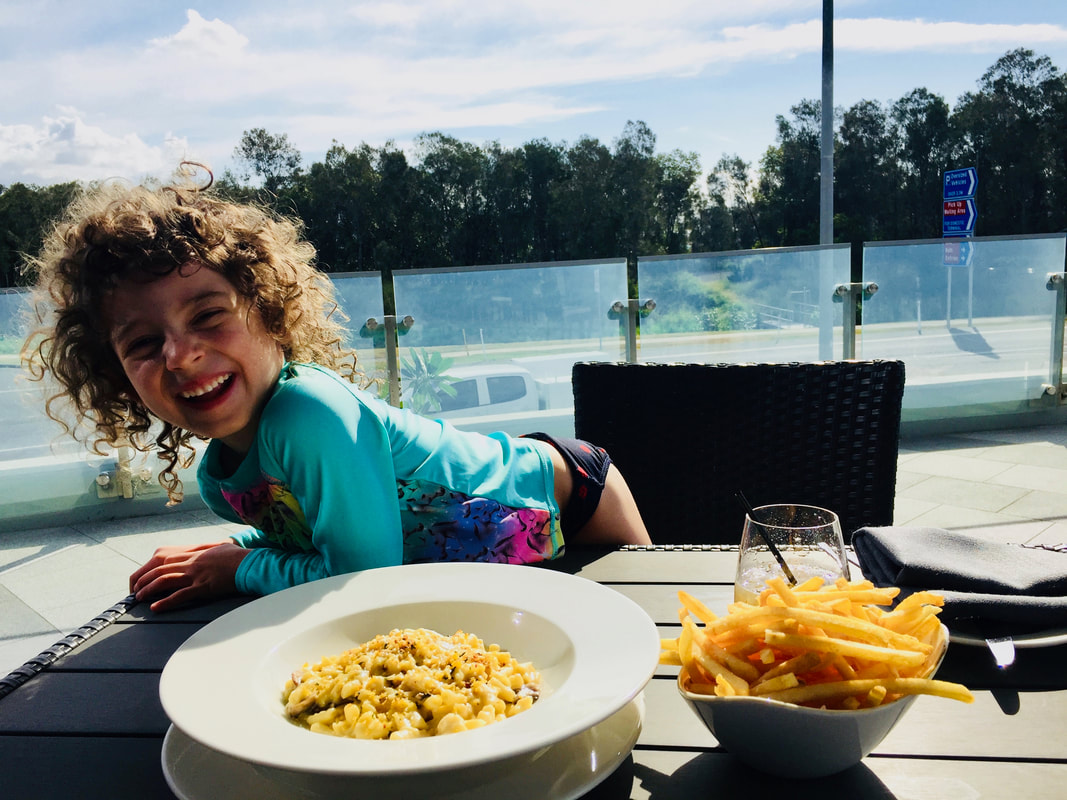
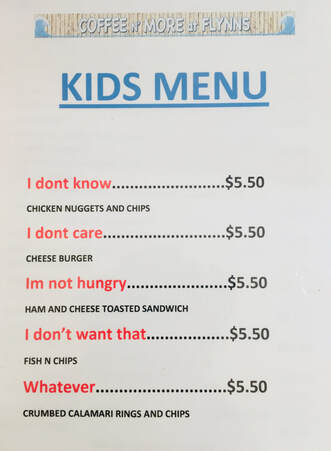
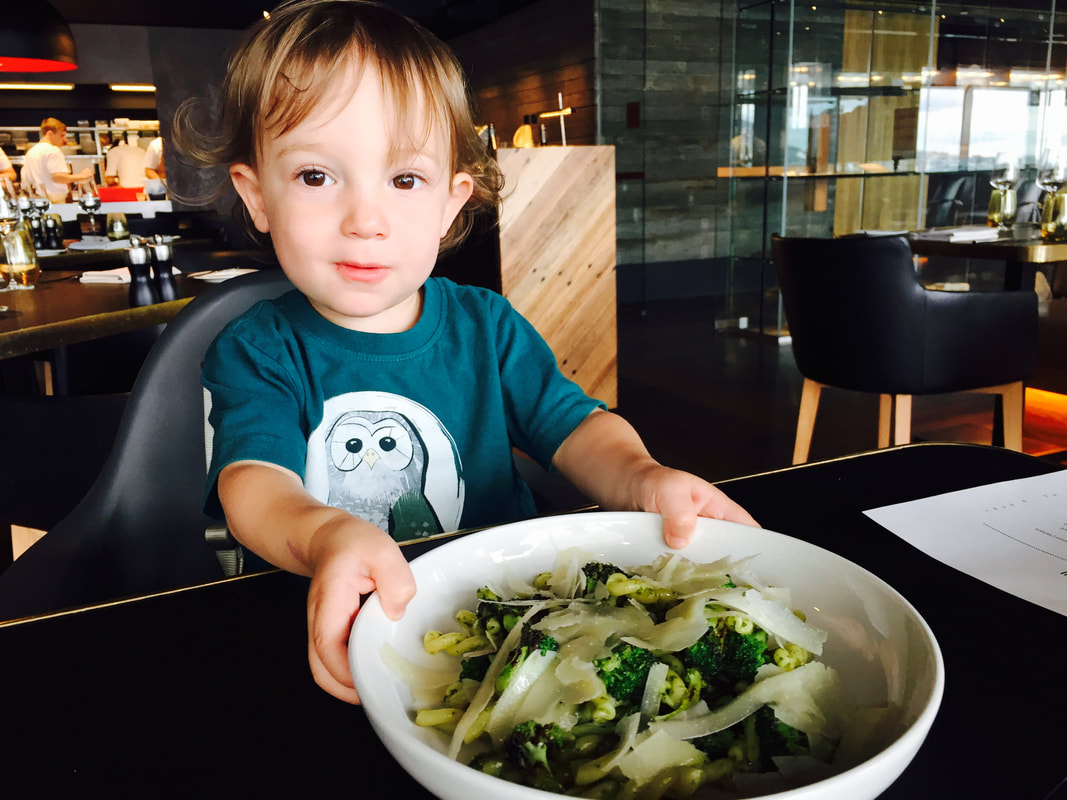
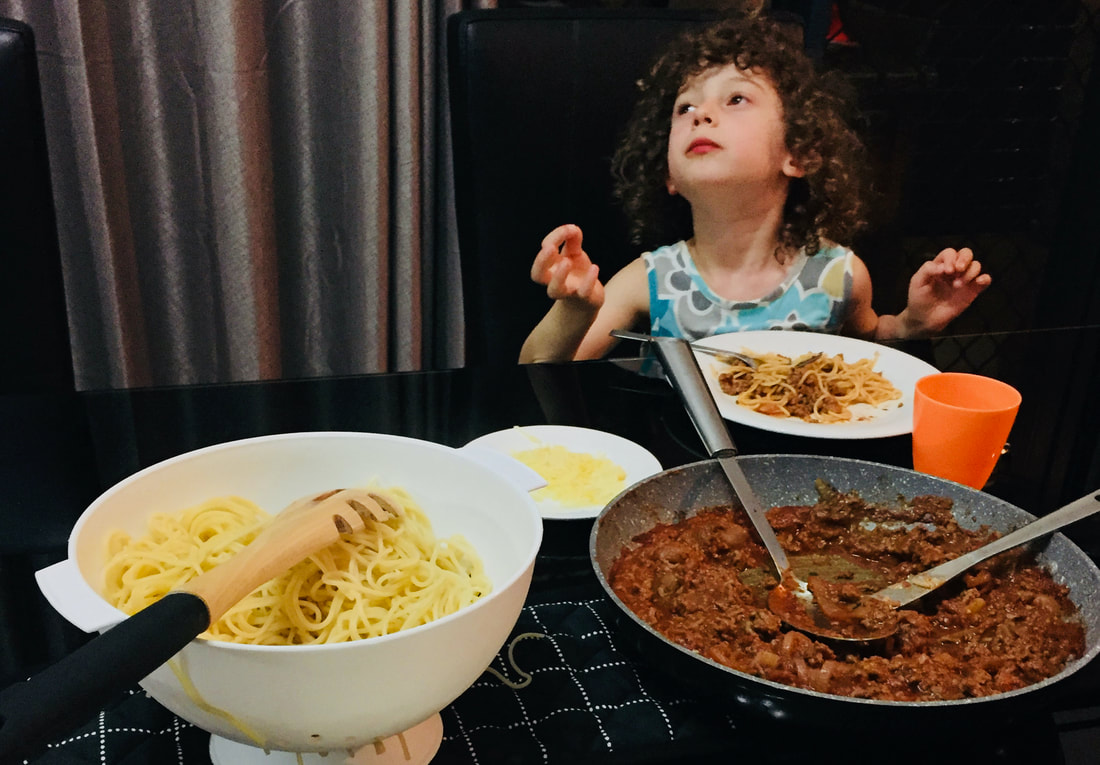
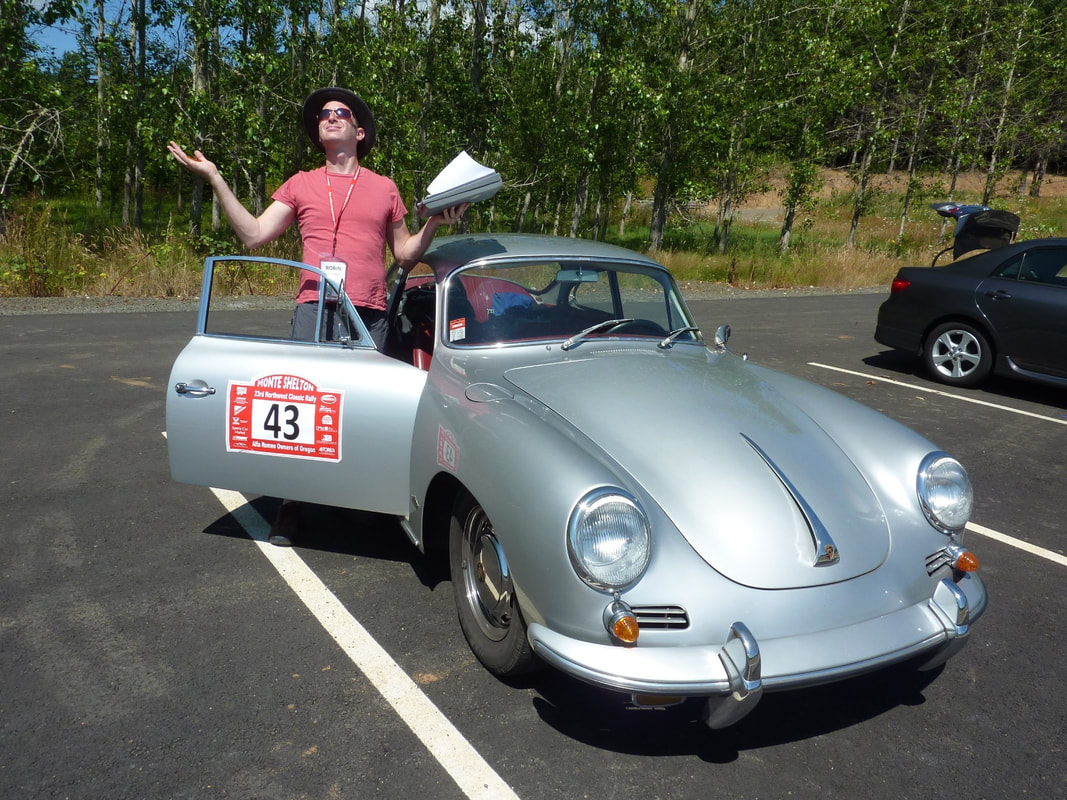
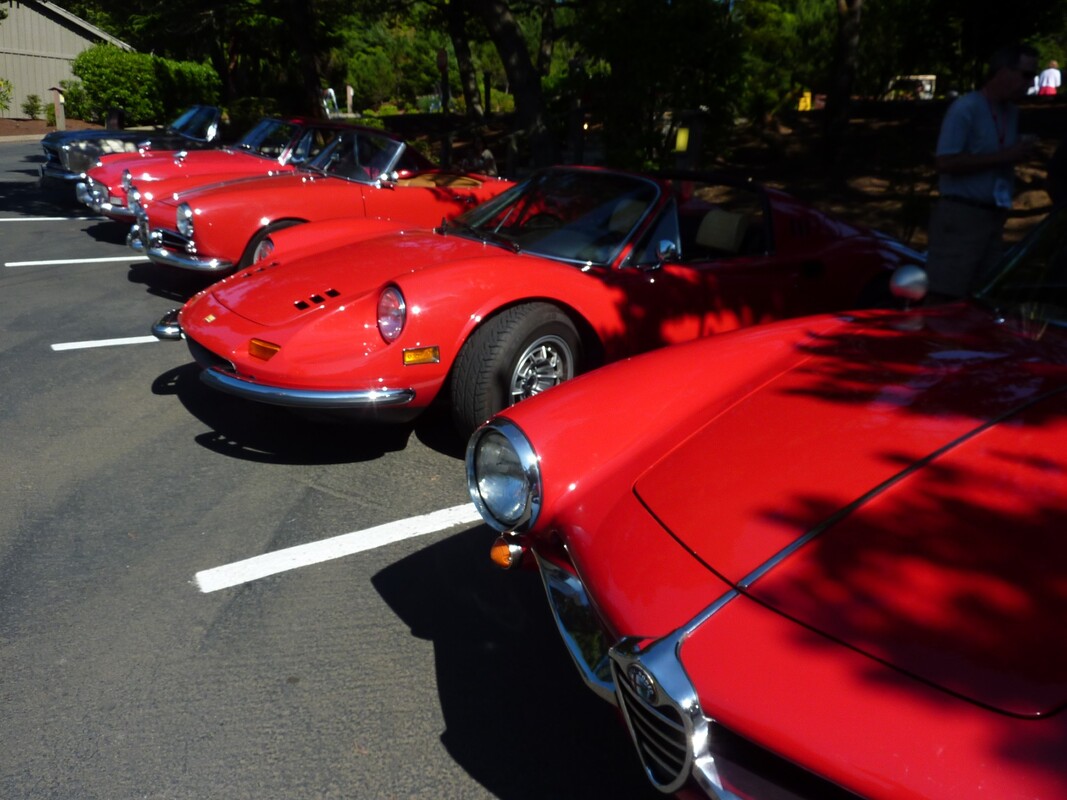
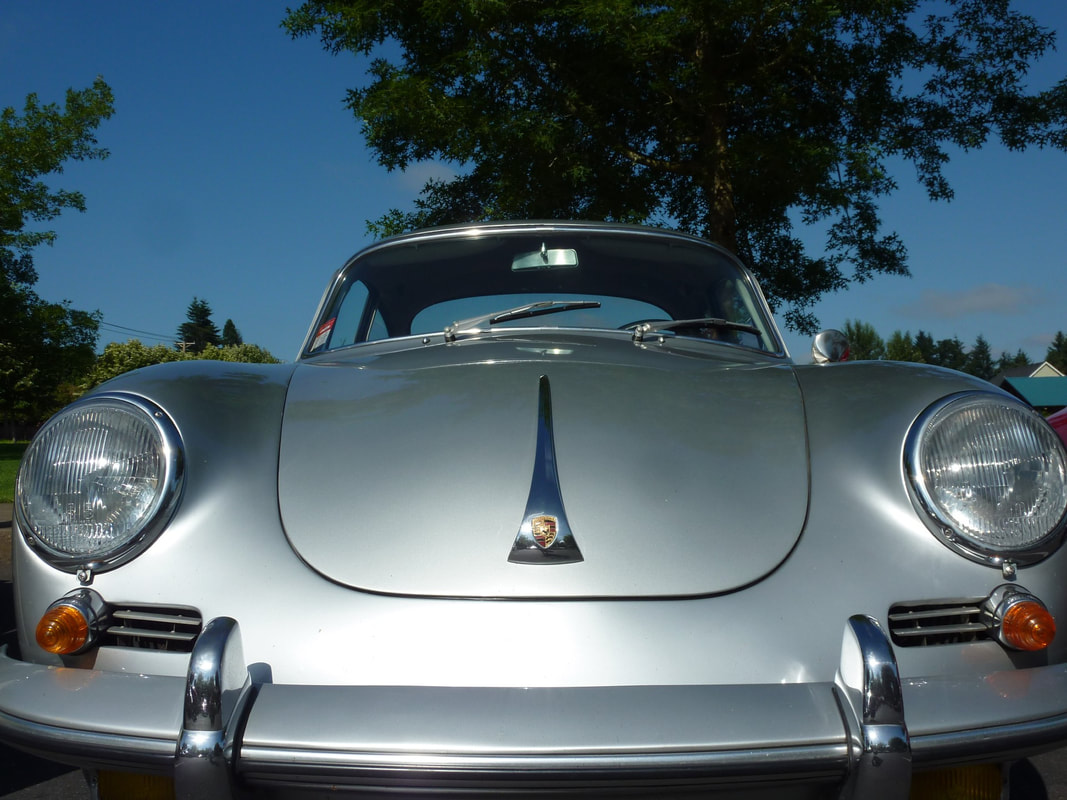
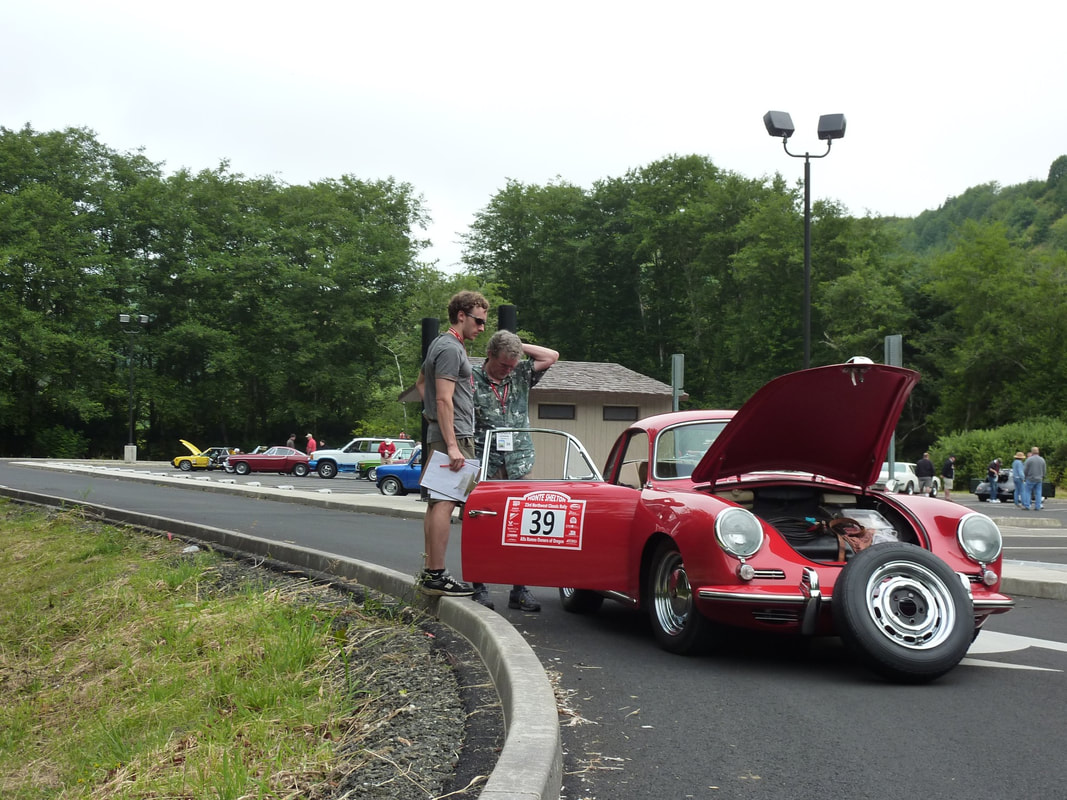
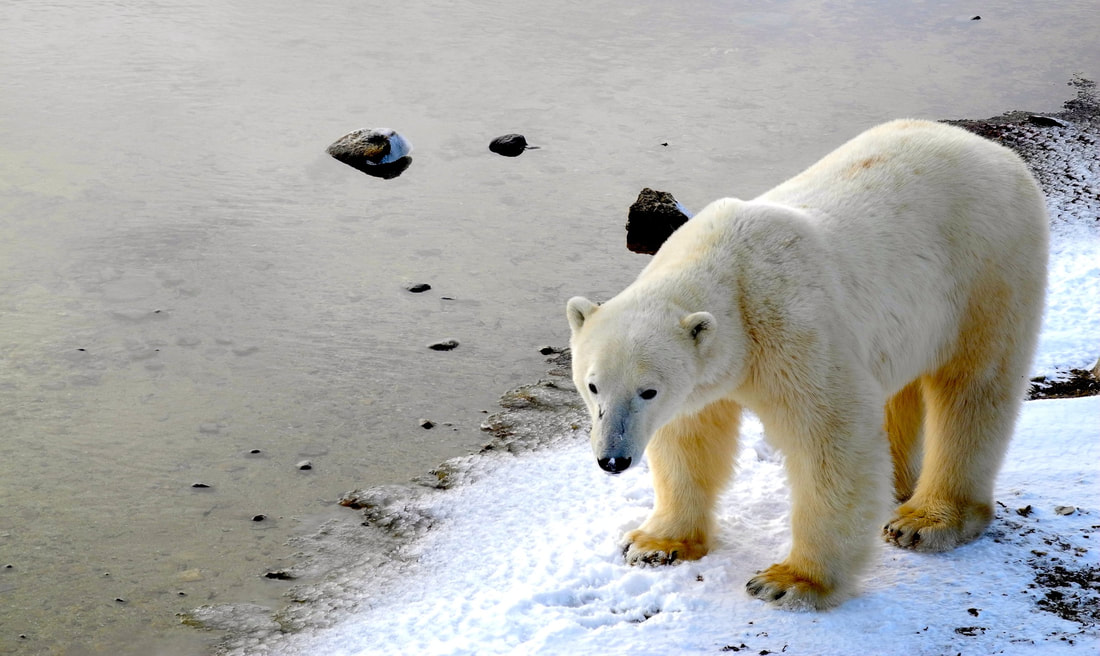
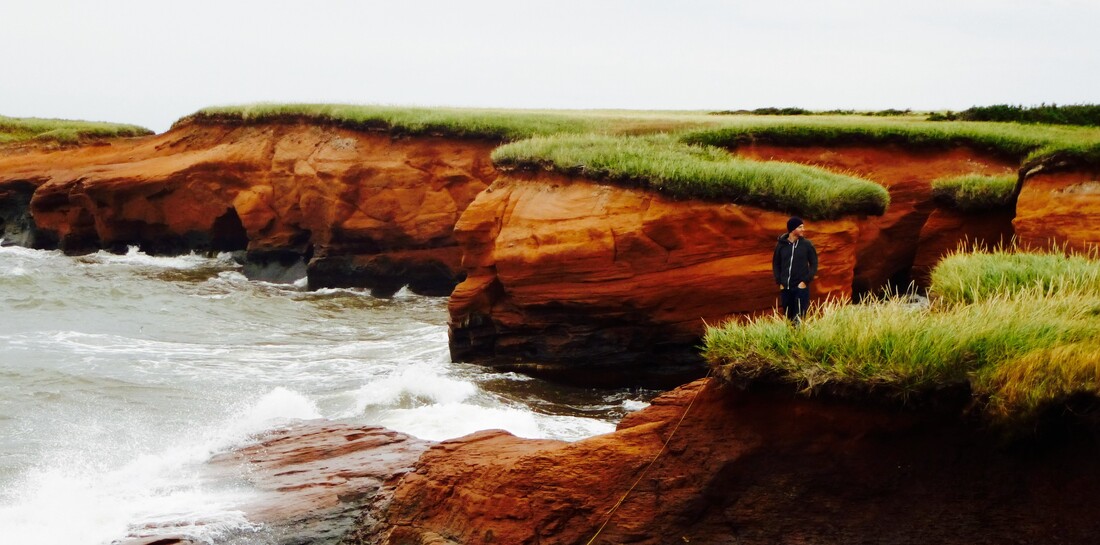
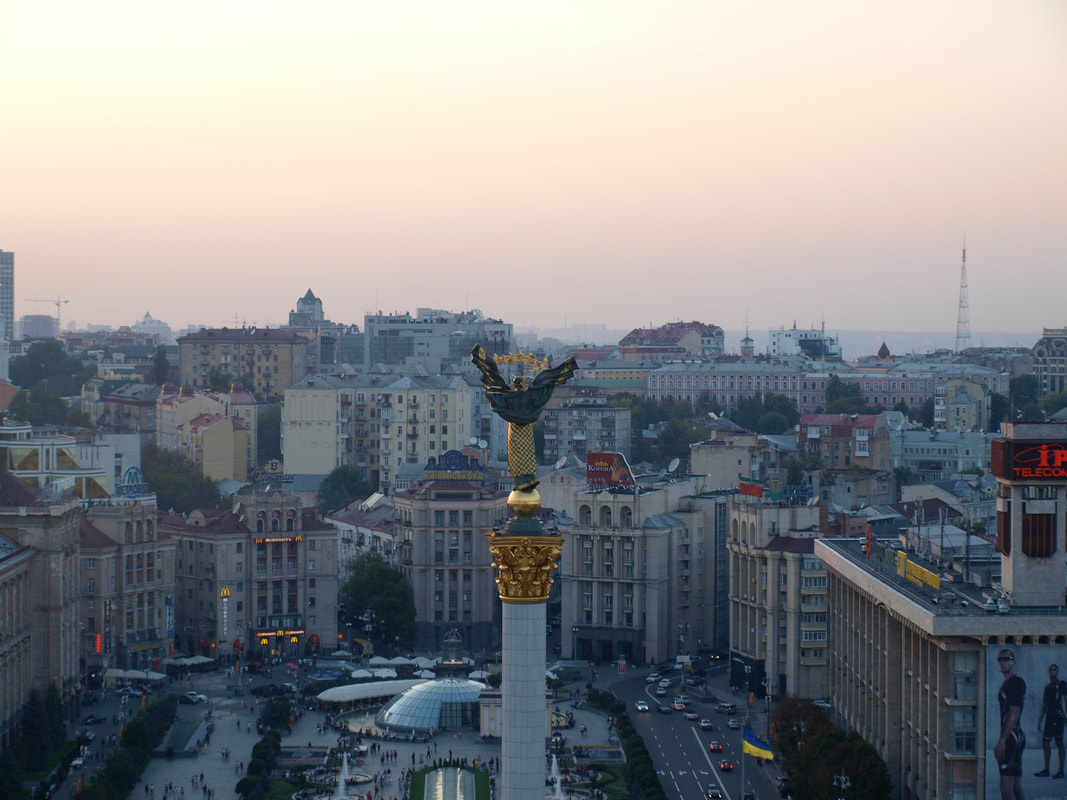
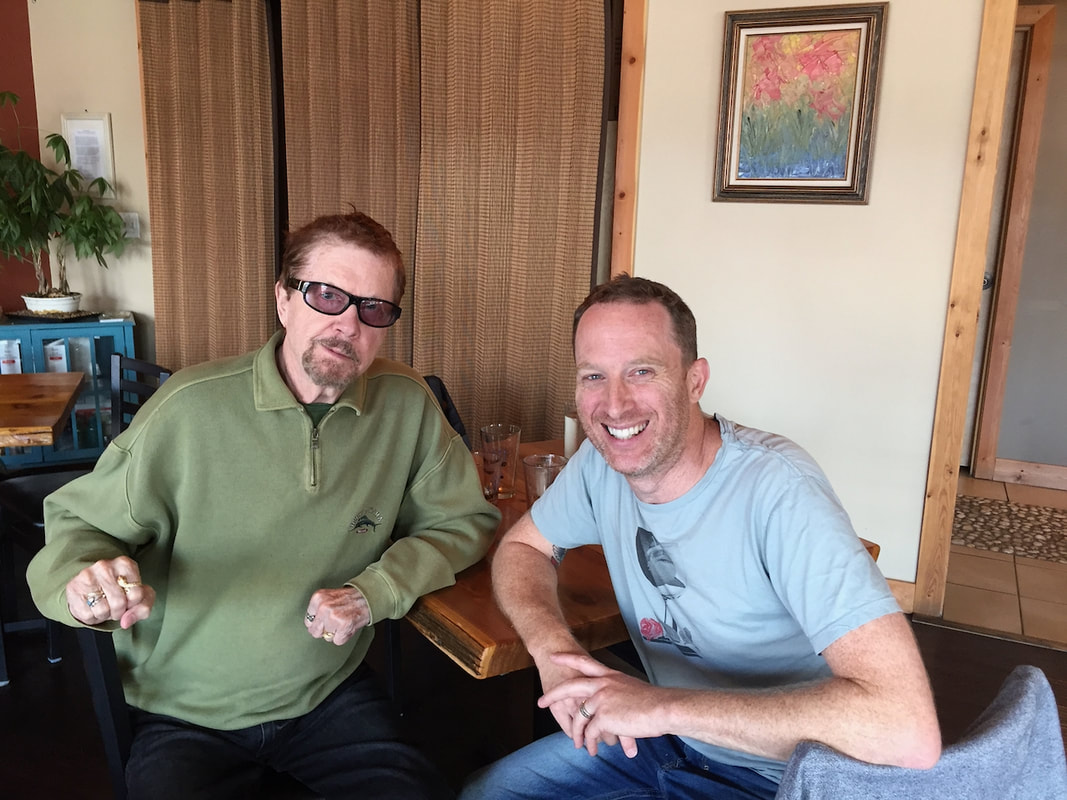
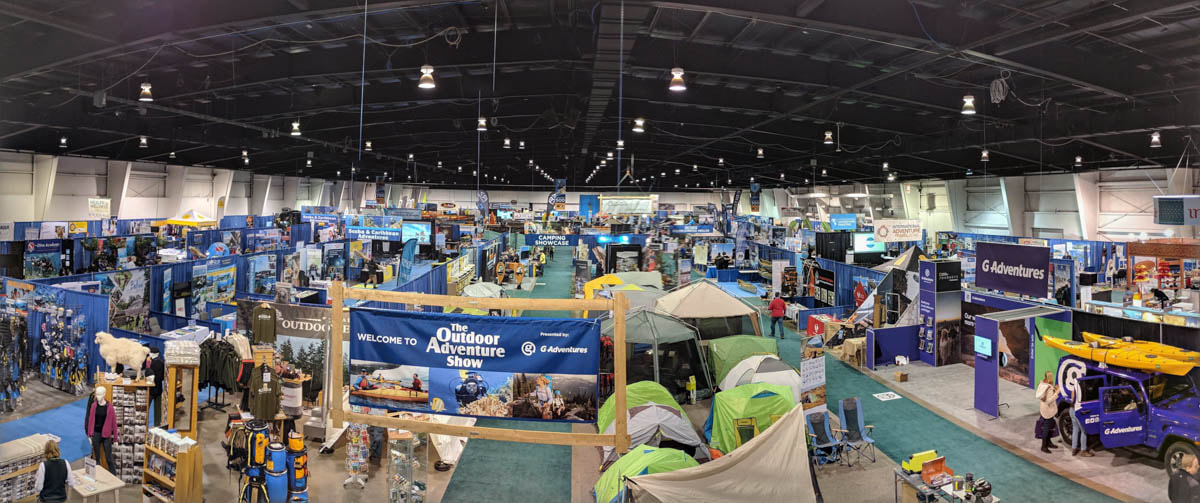
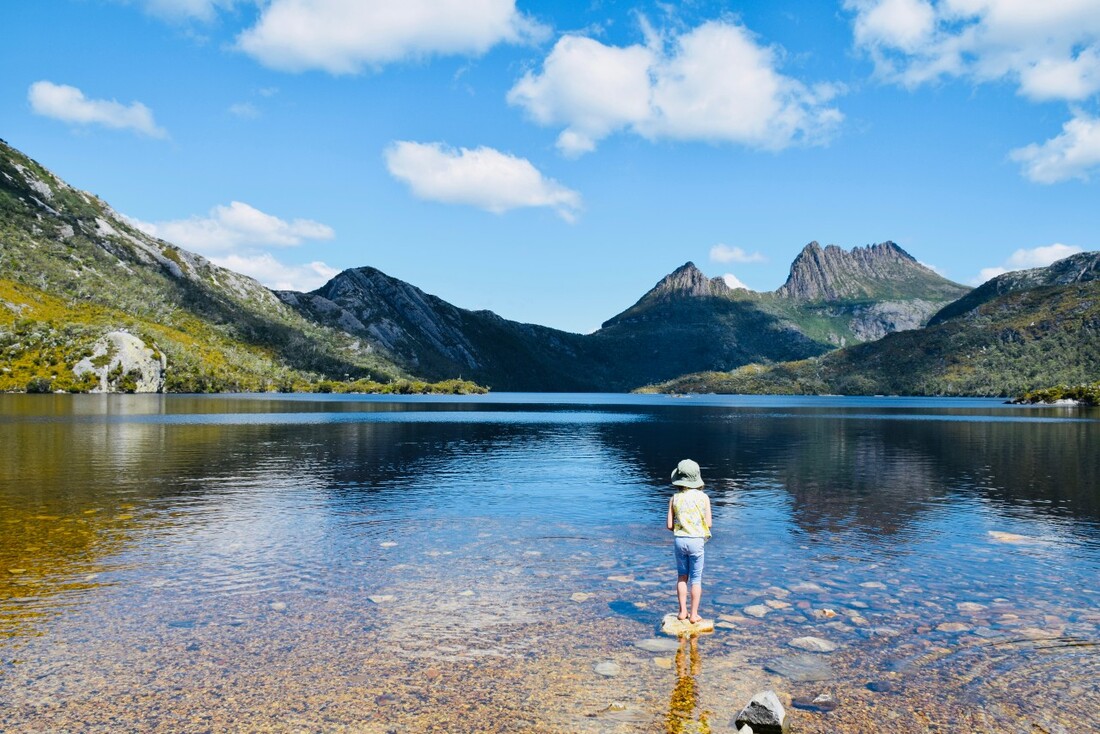
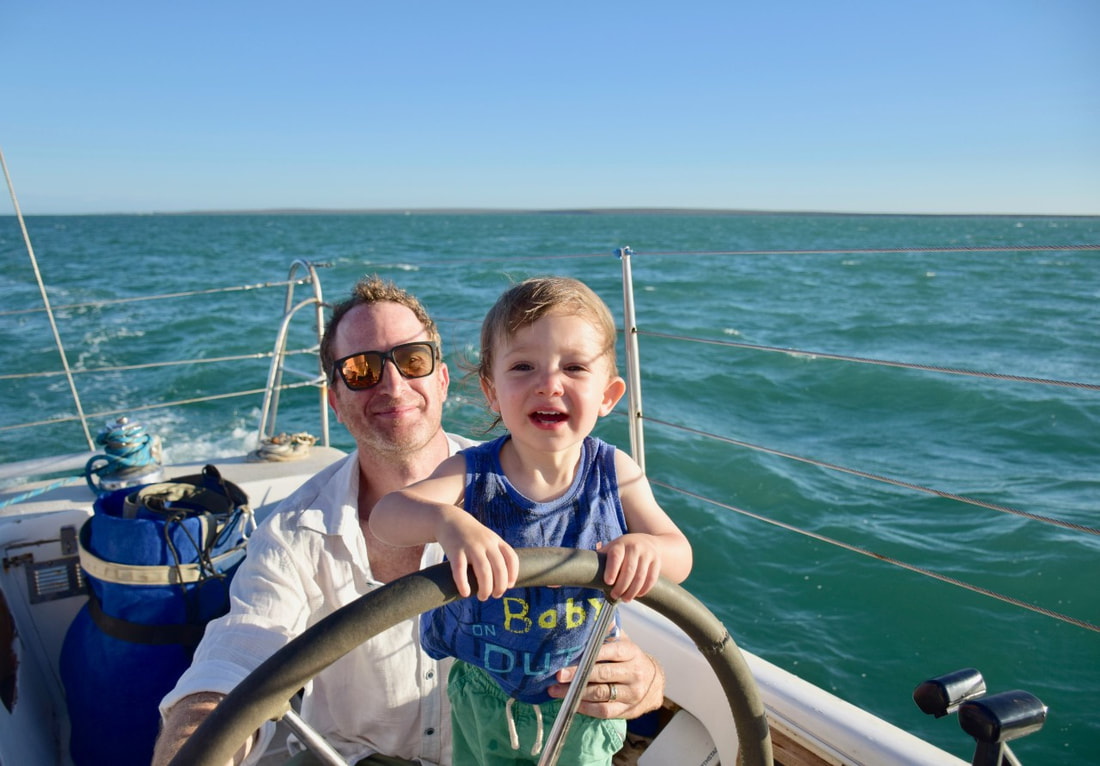
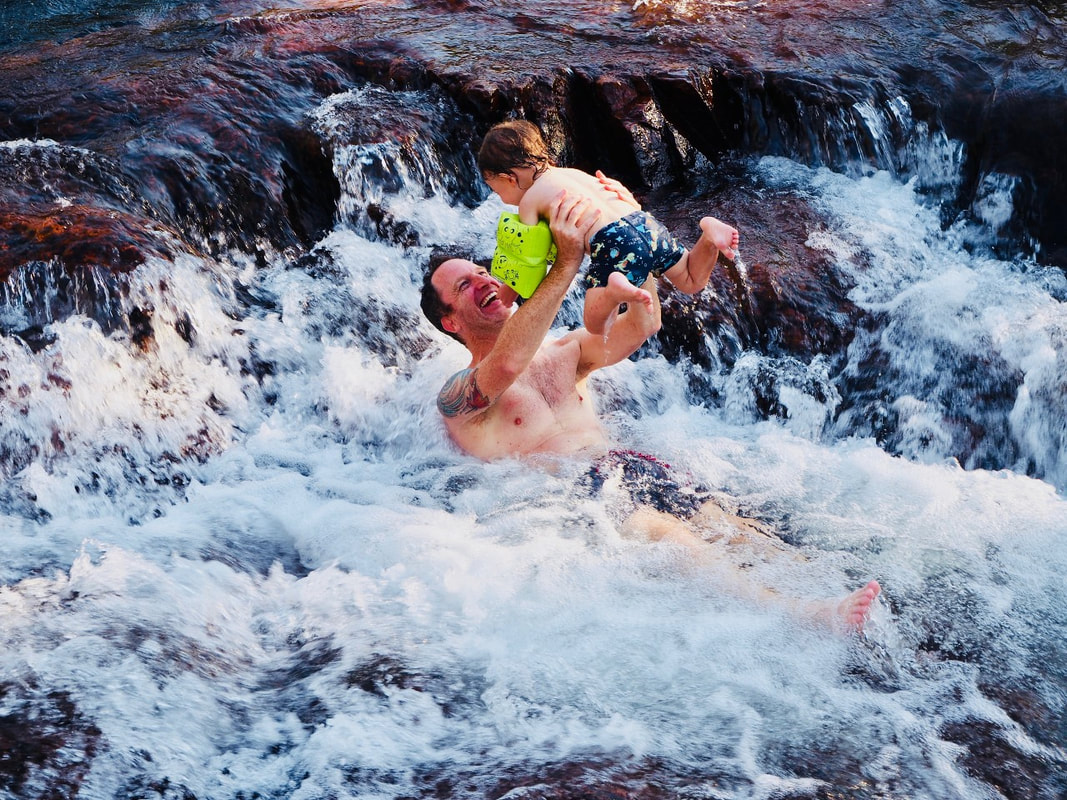
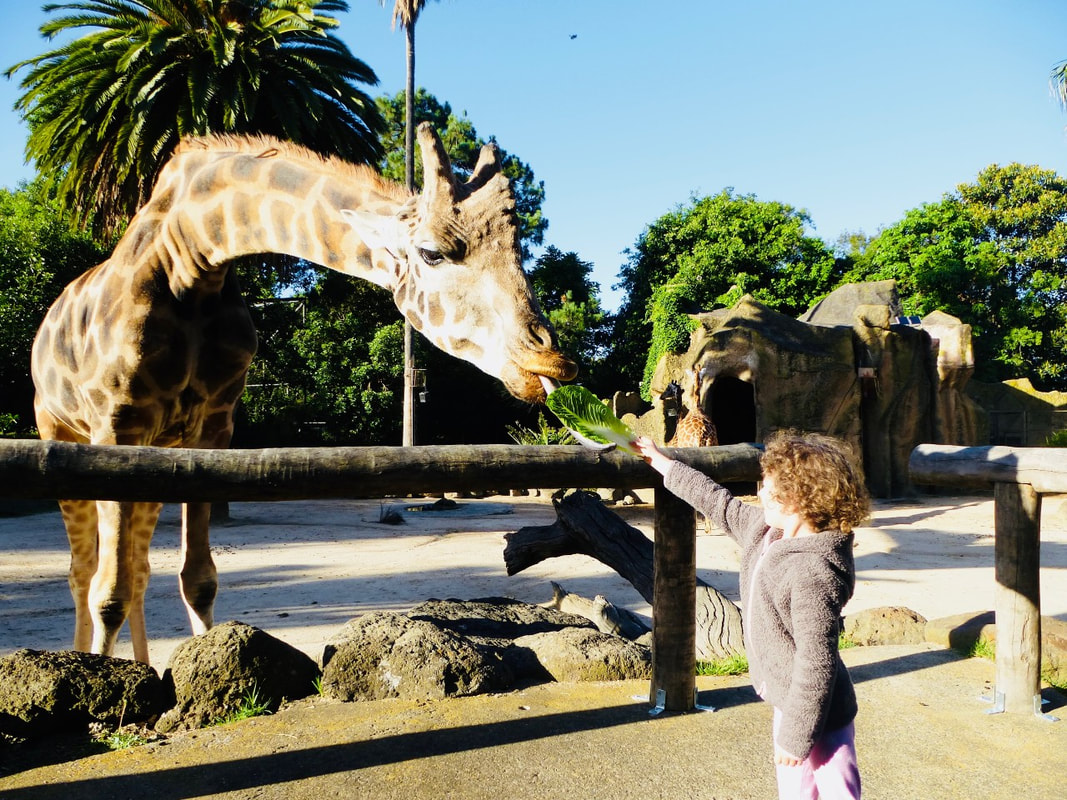
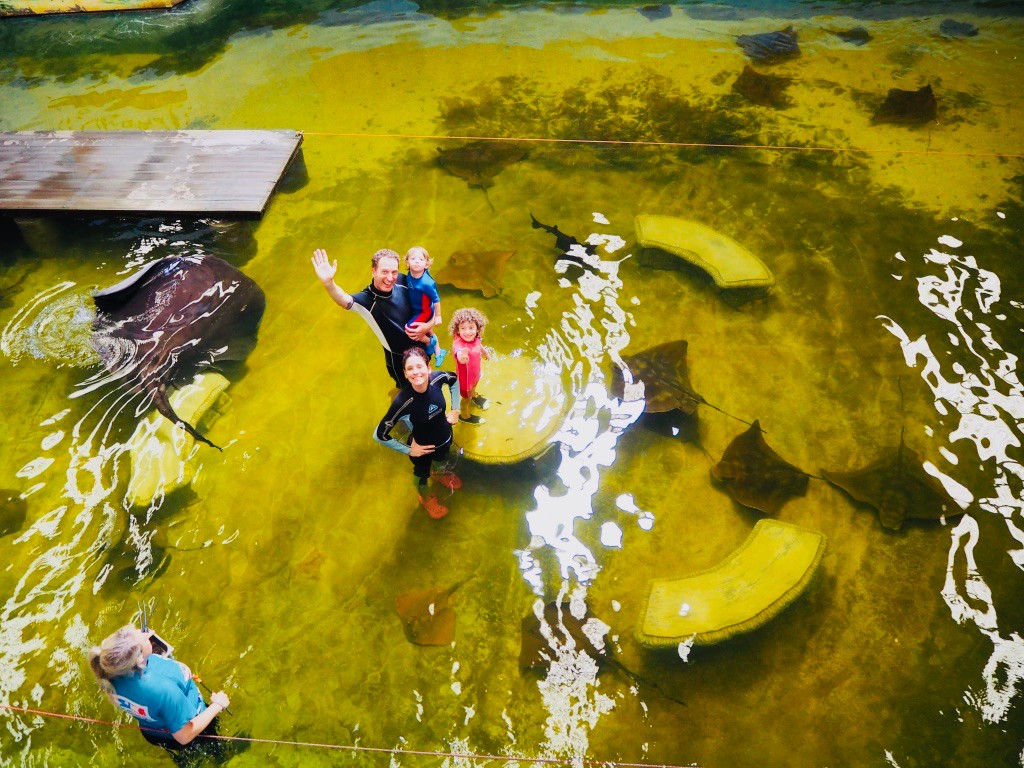
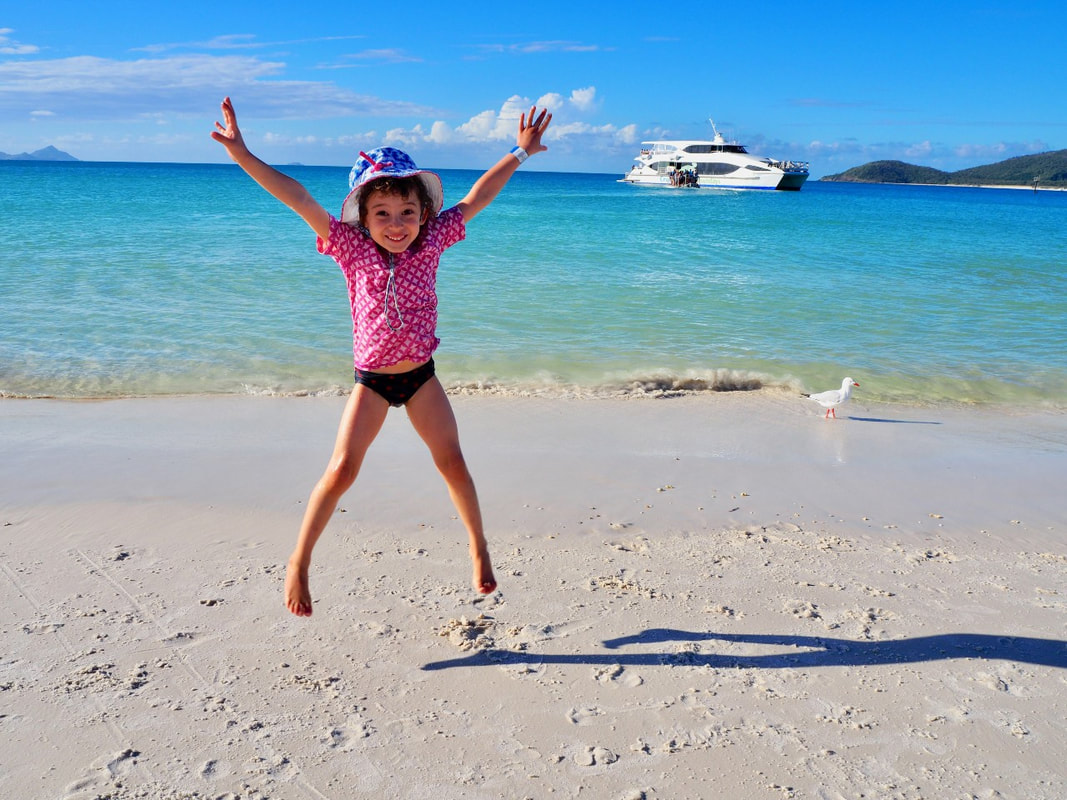
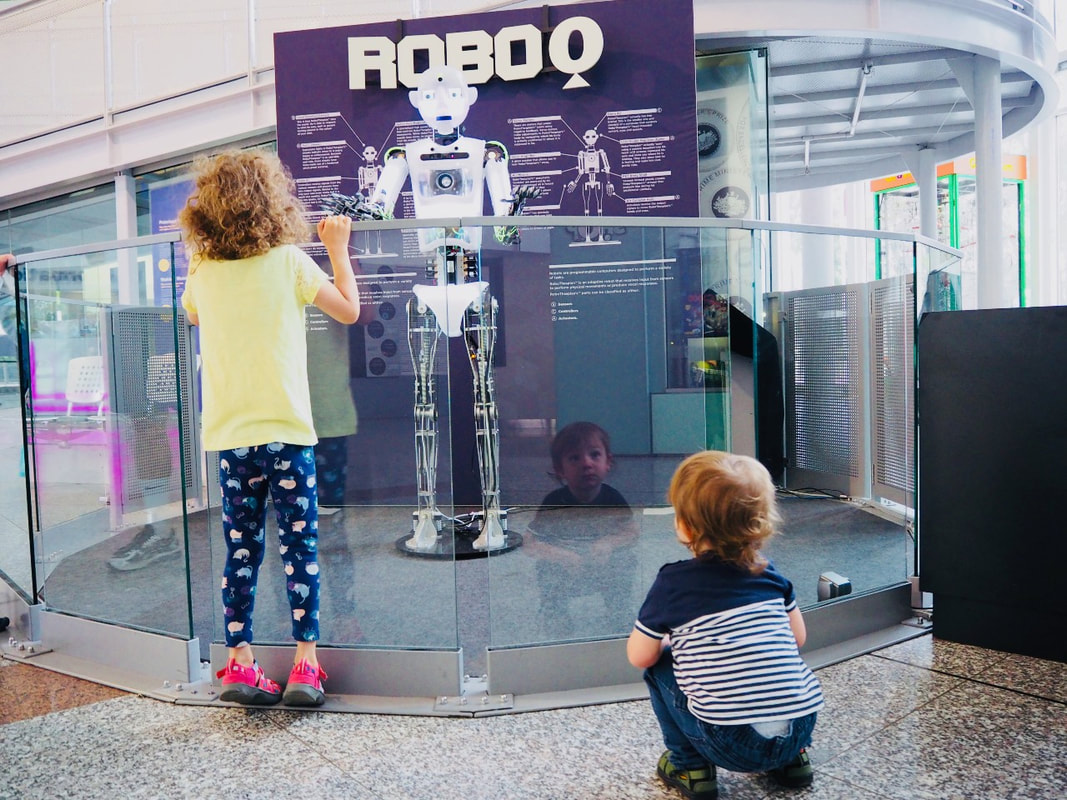
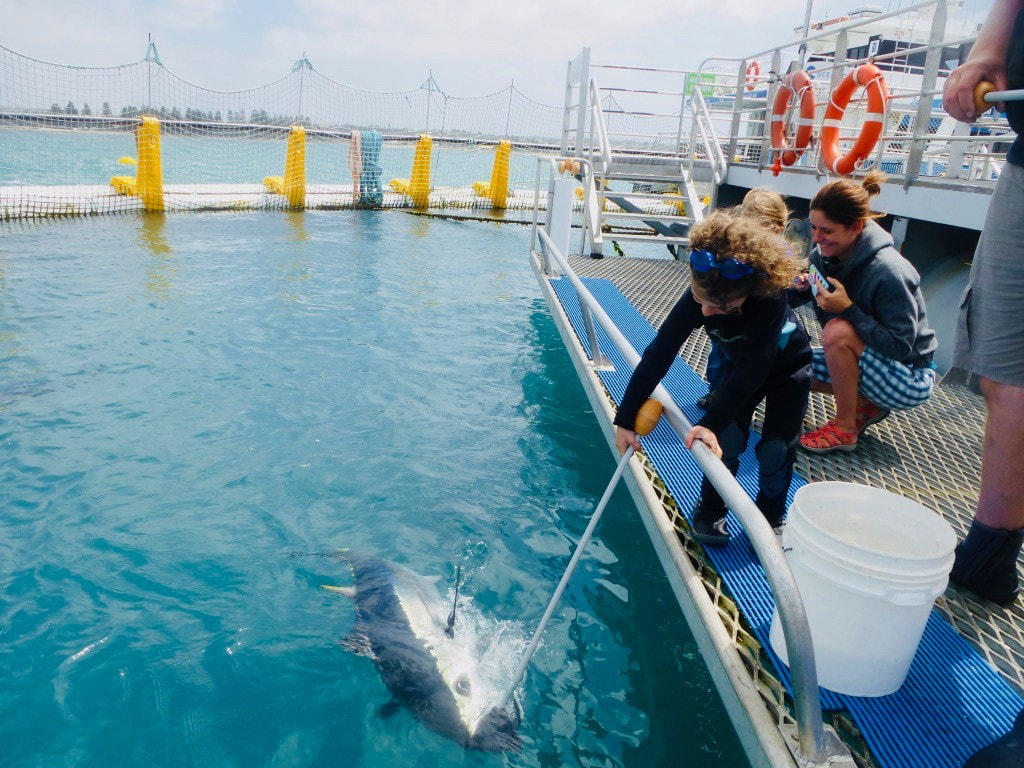
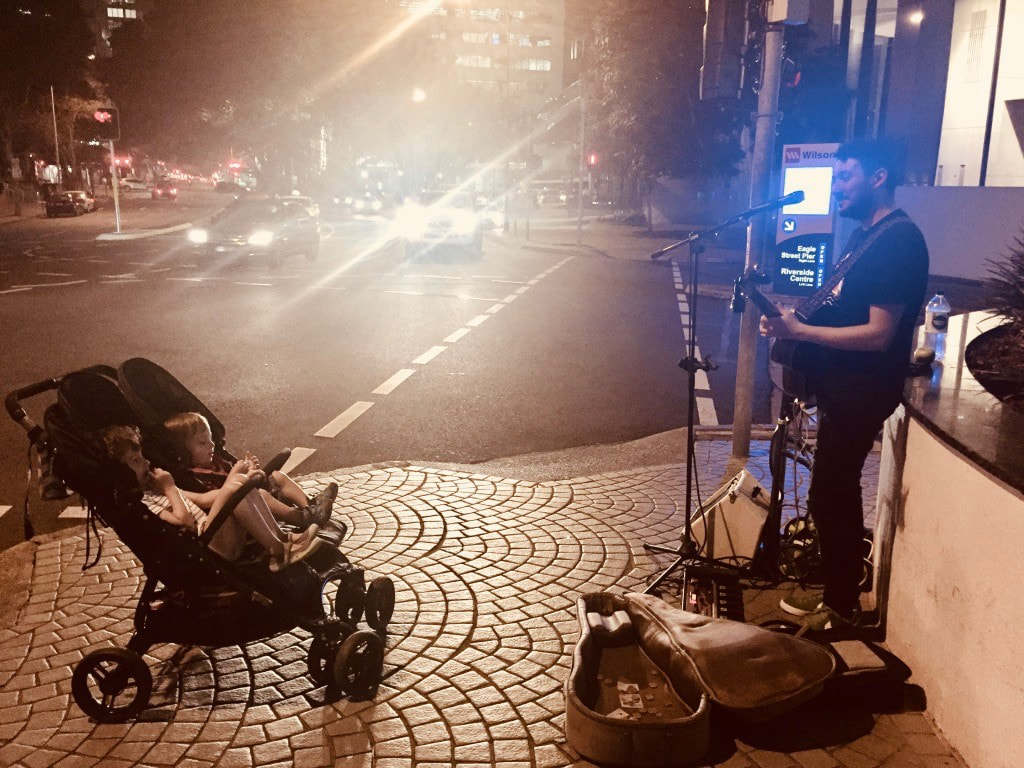
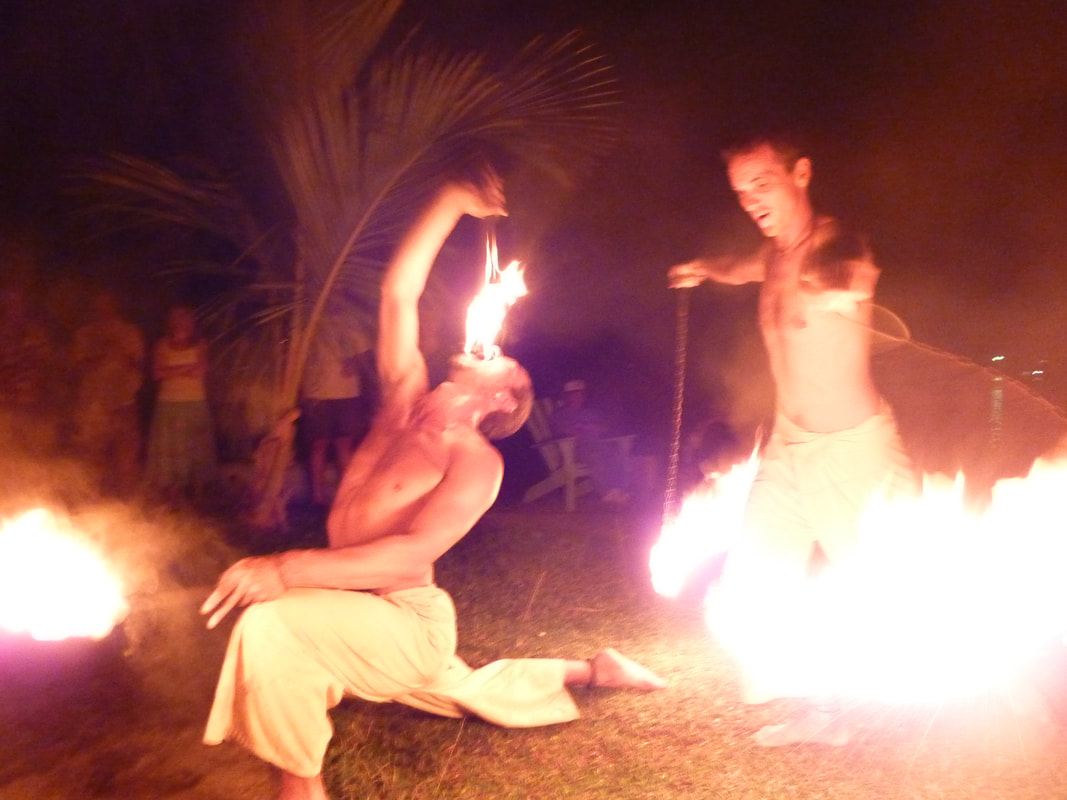
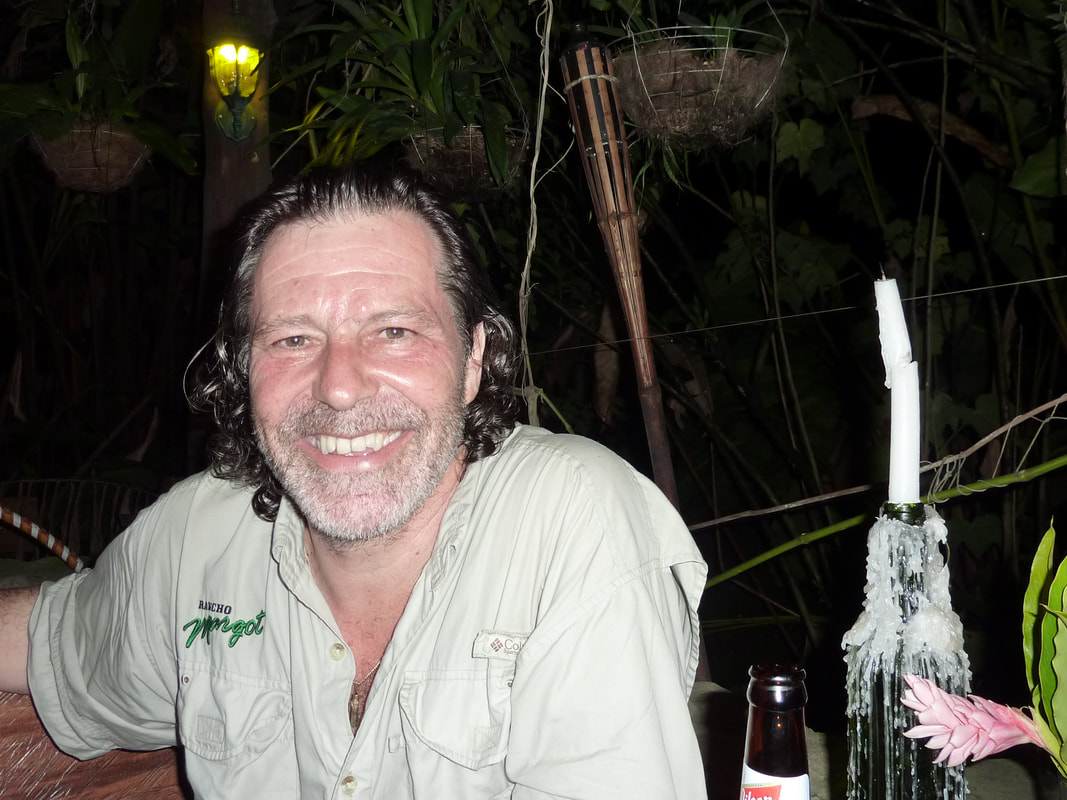
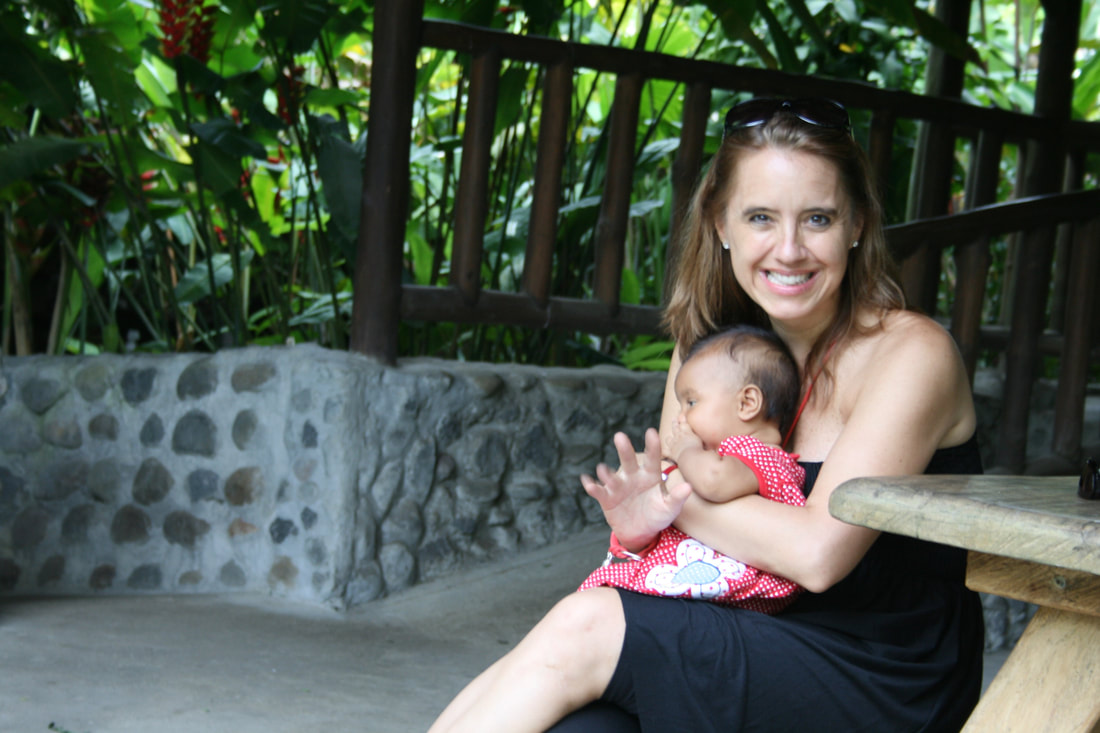
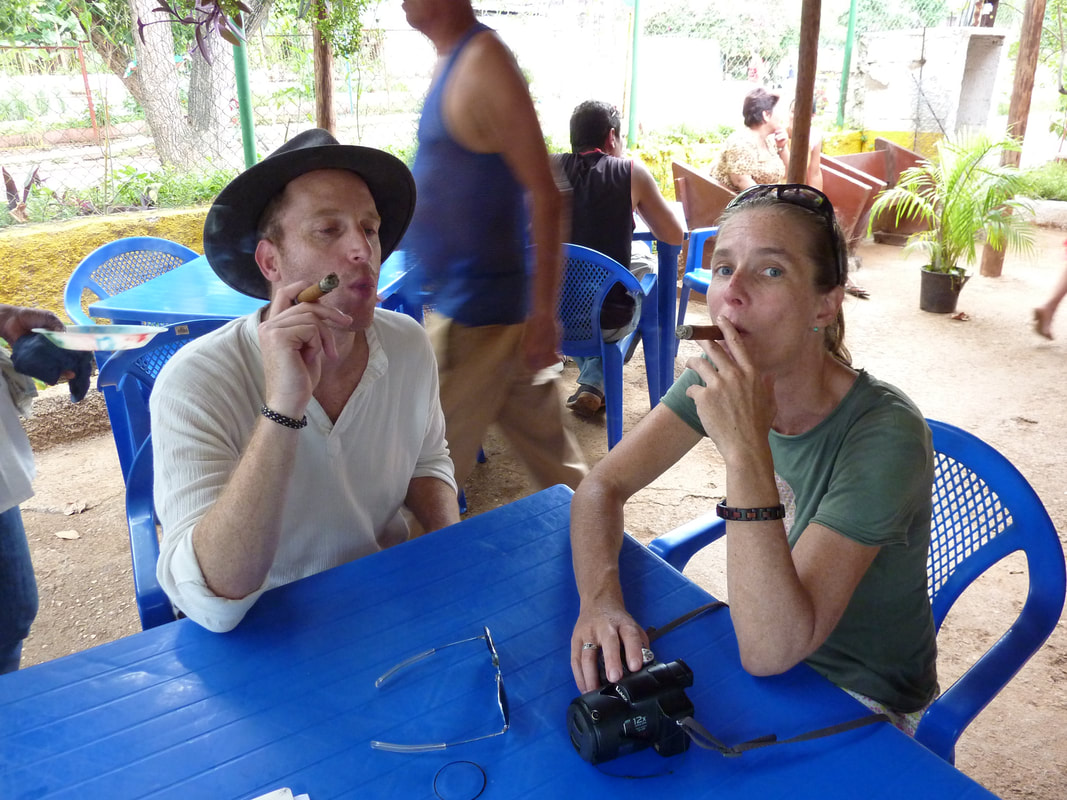
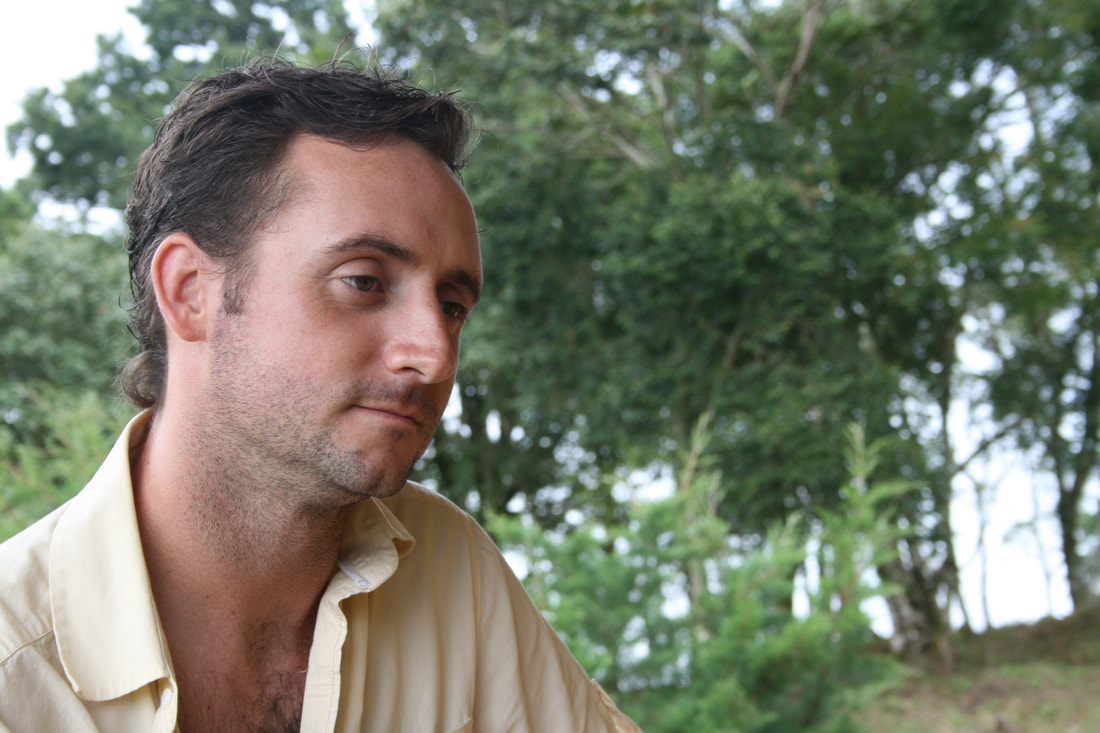
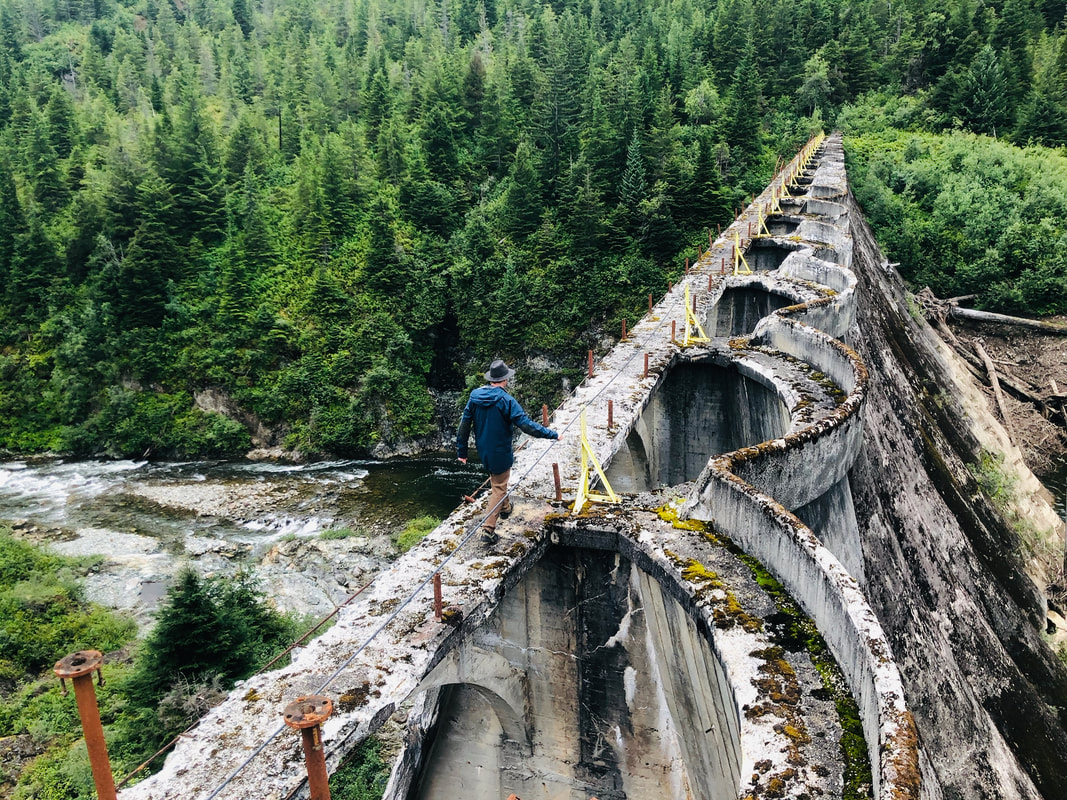
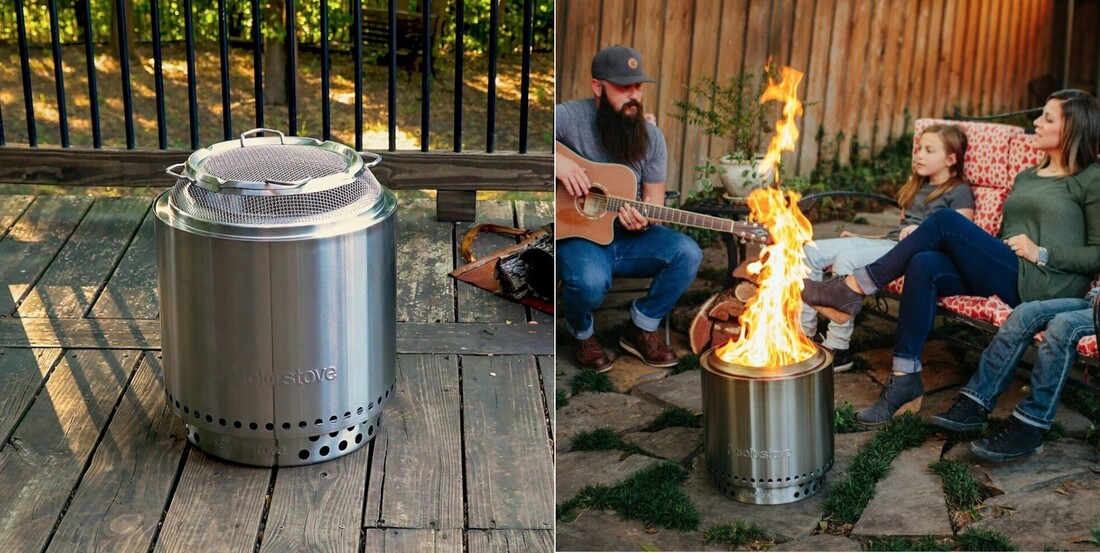




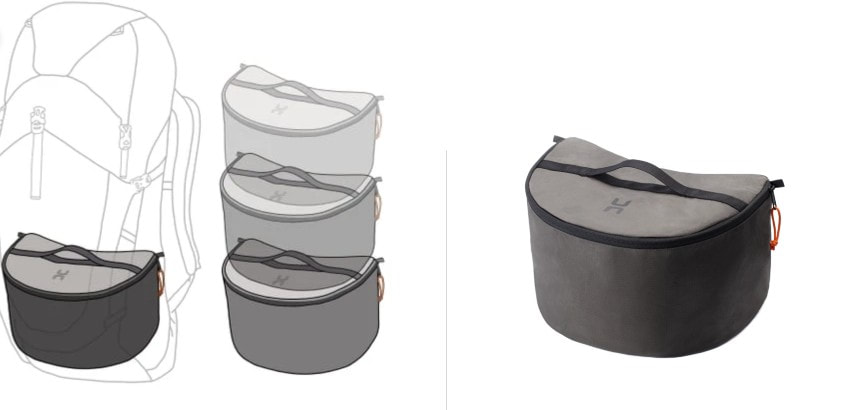

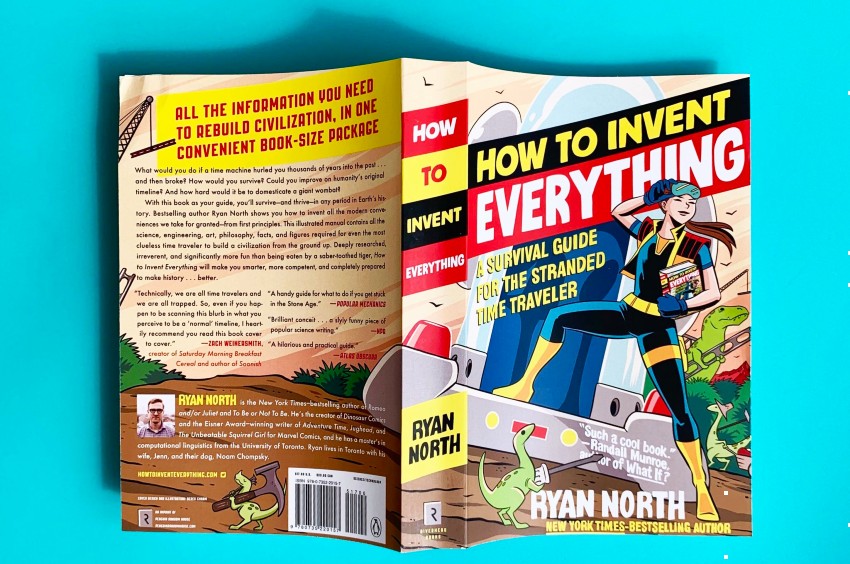
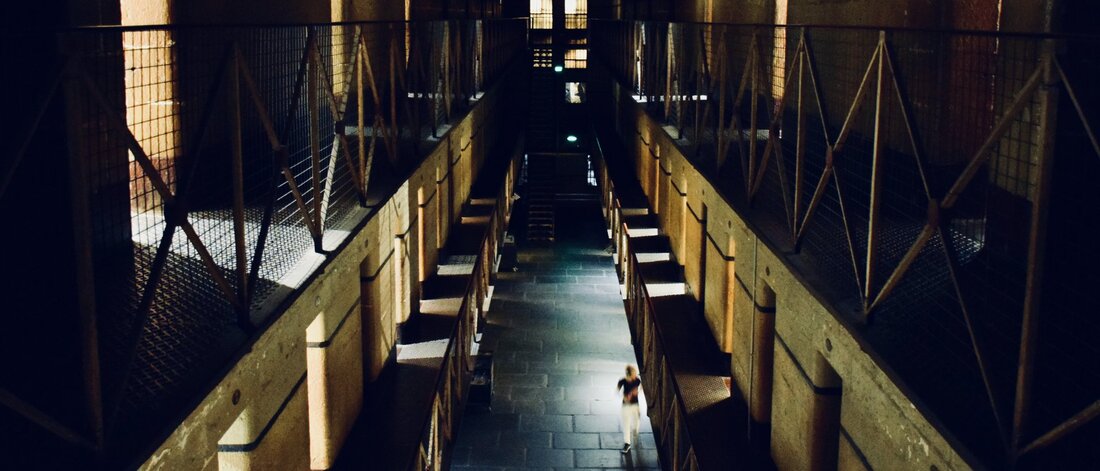
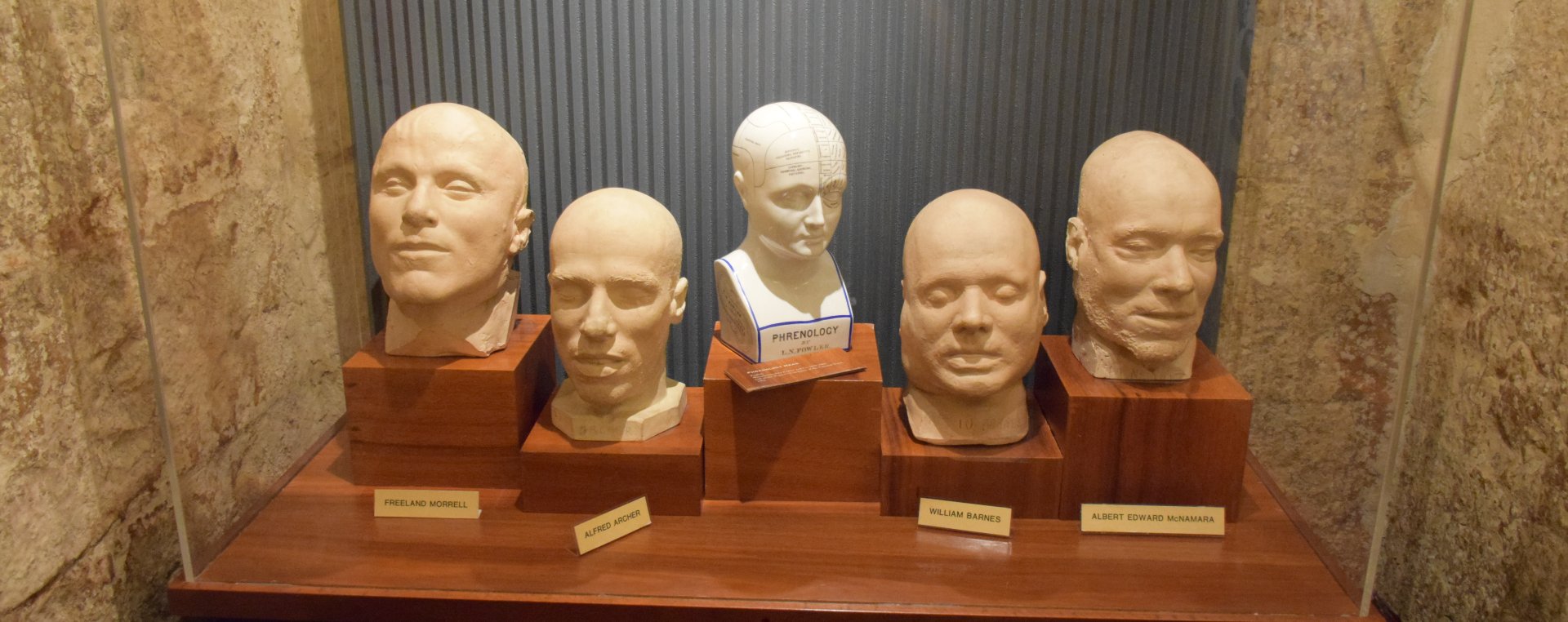
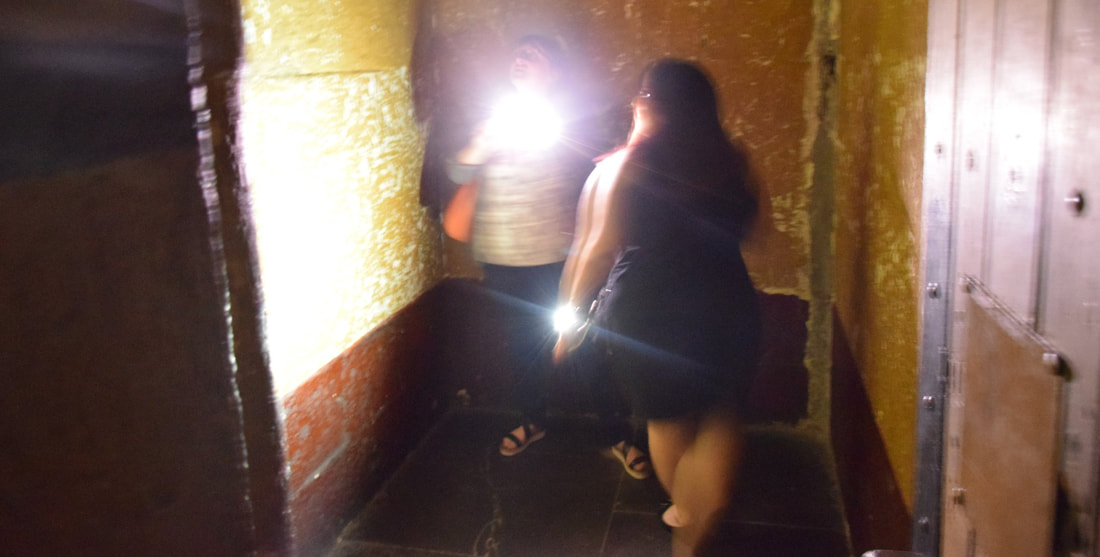
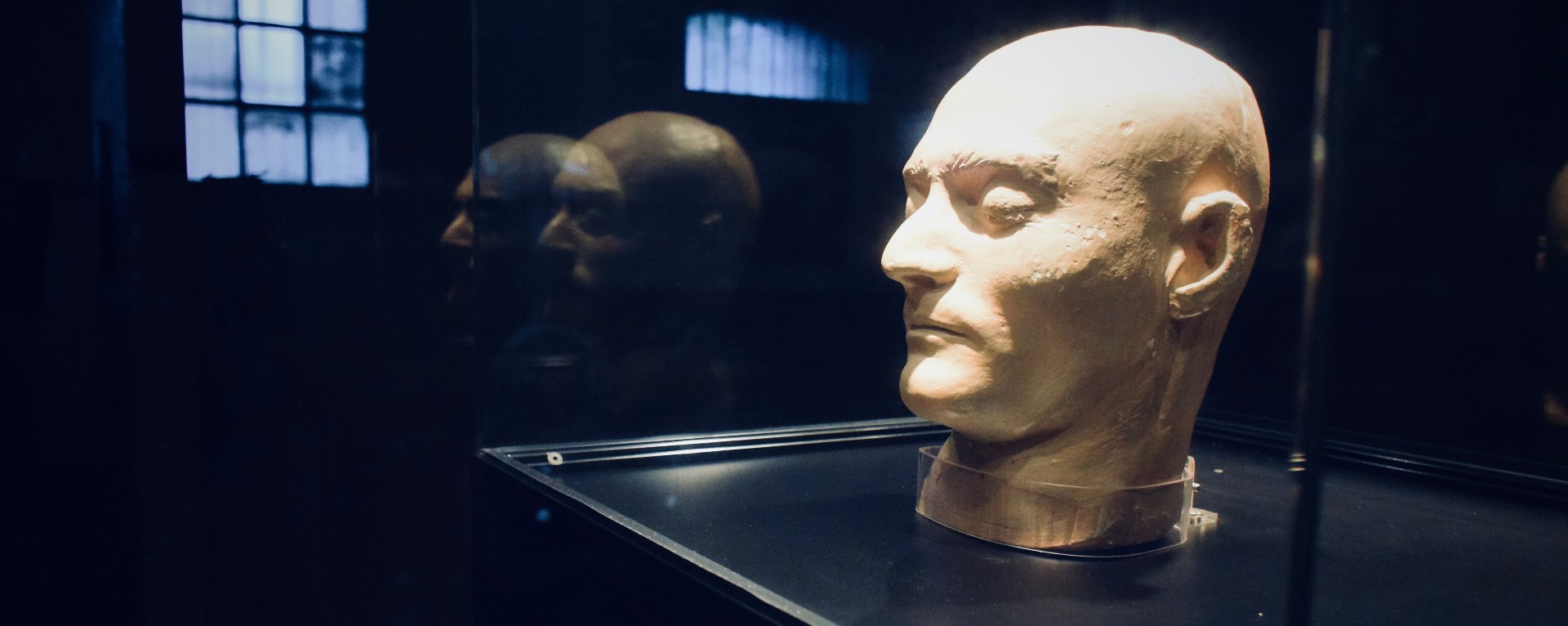
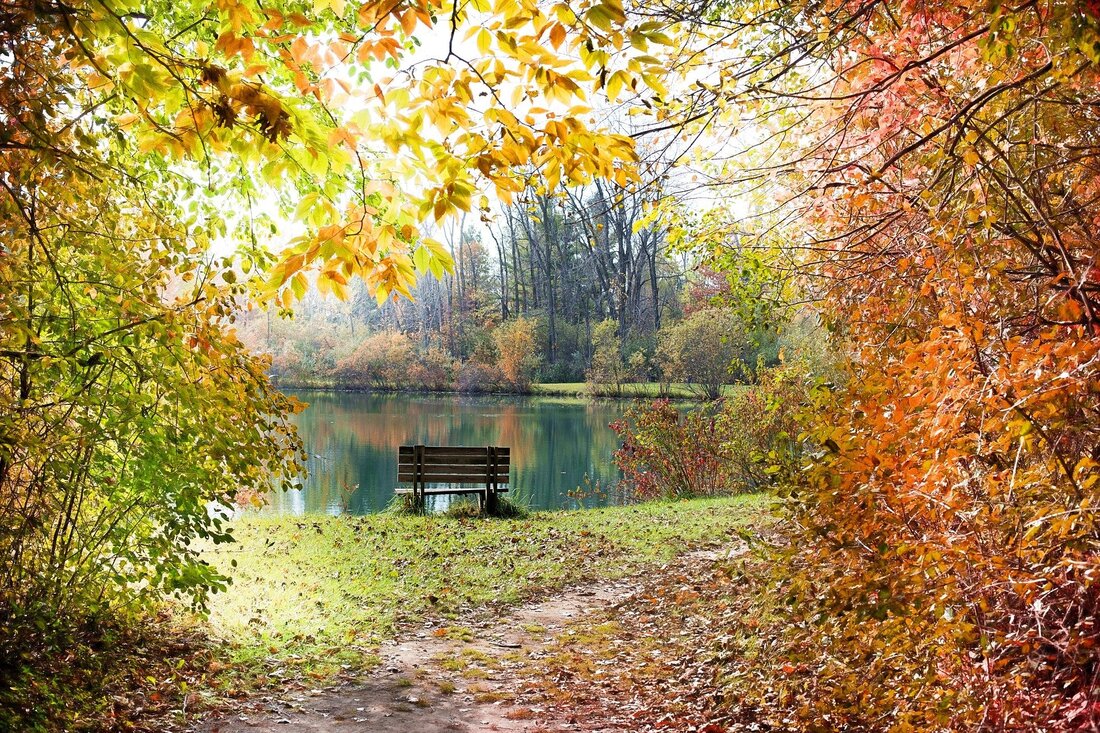
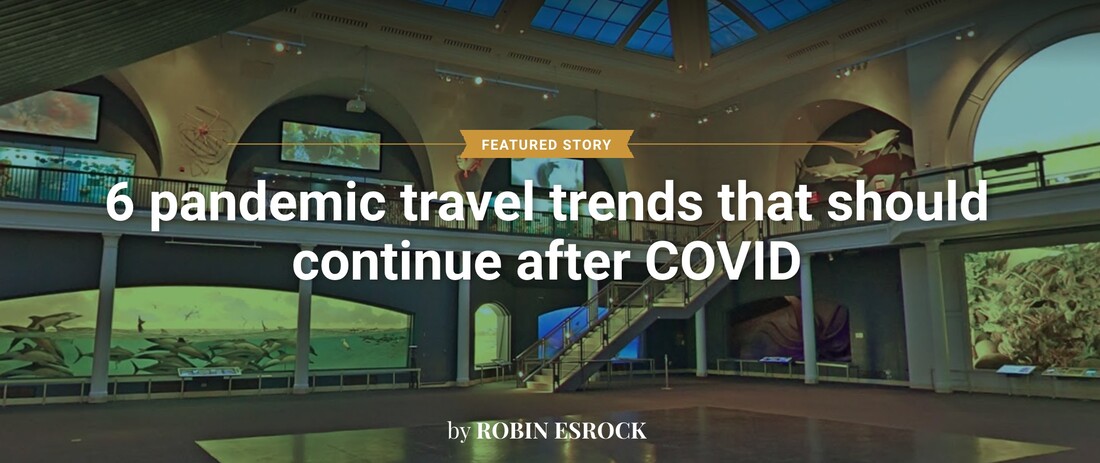
 RSS Feed
RSS Feed

